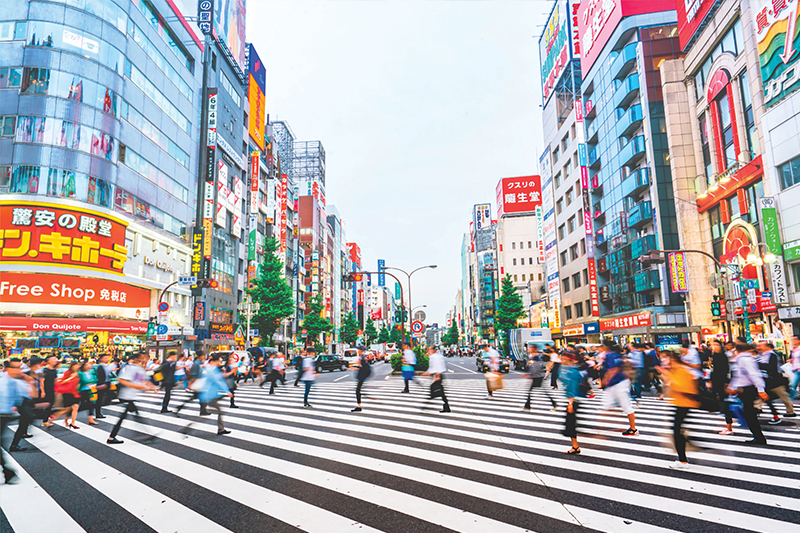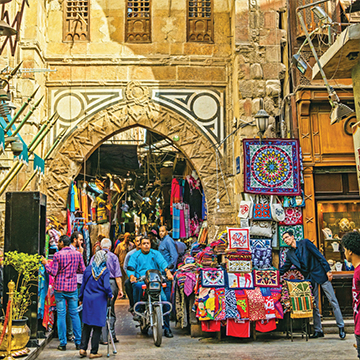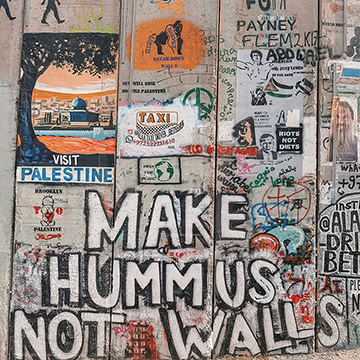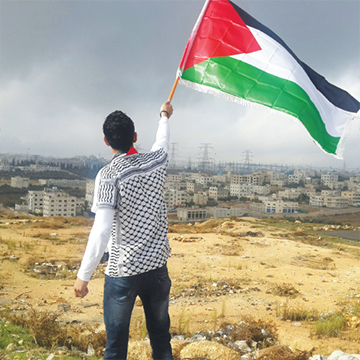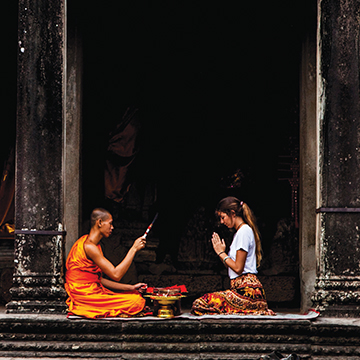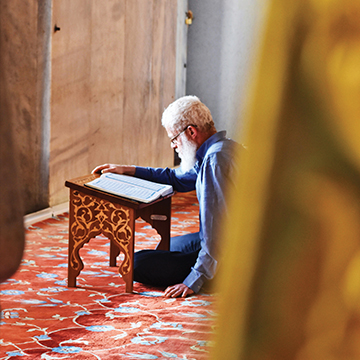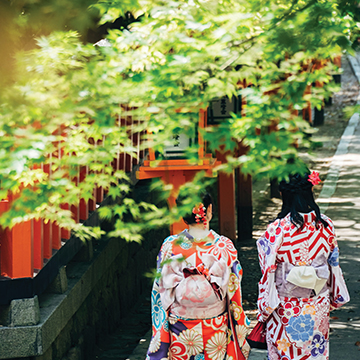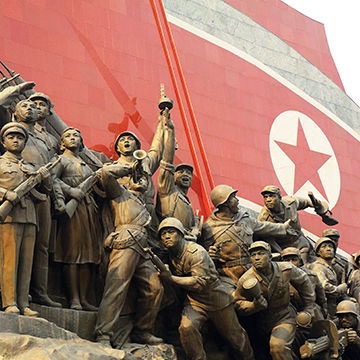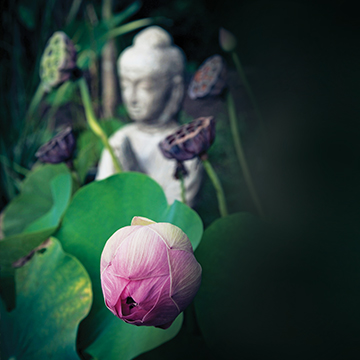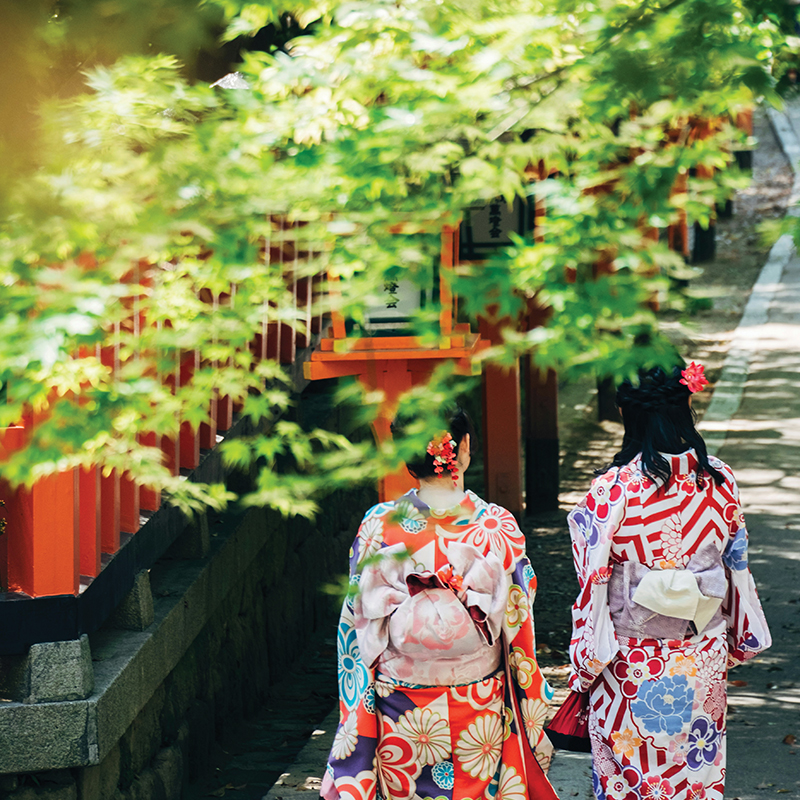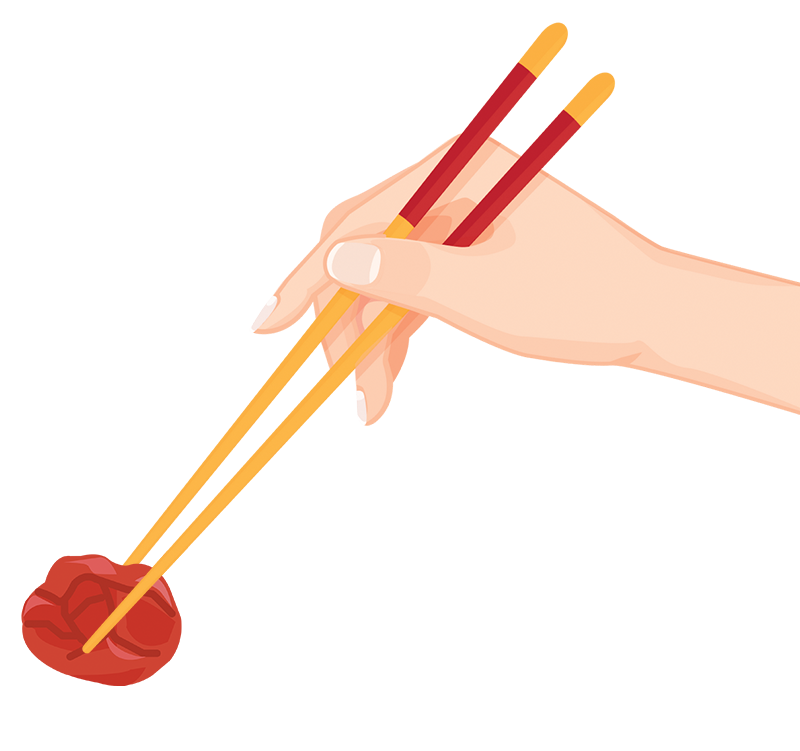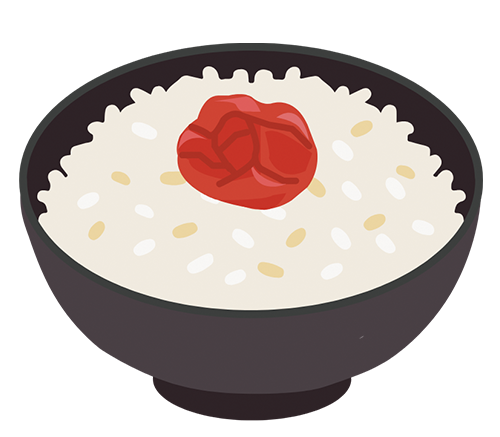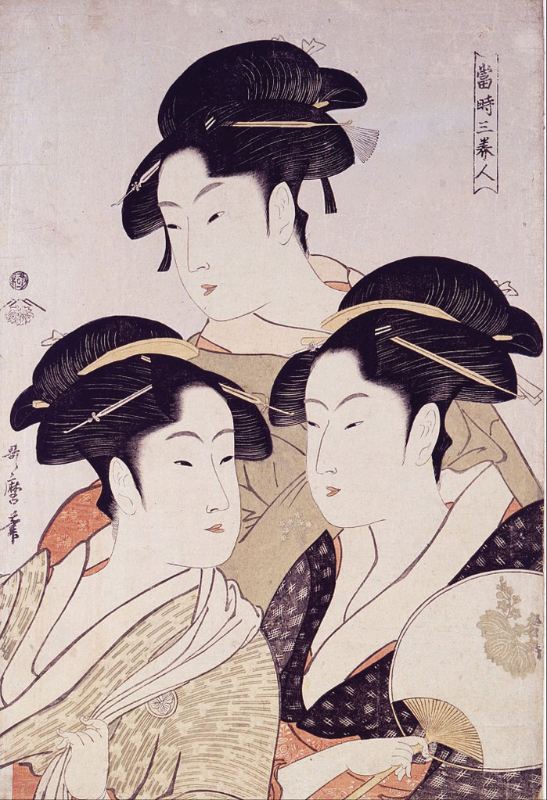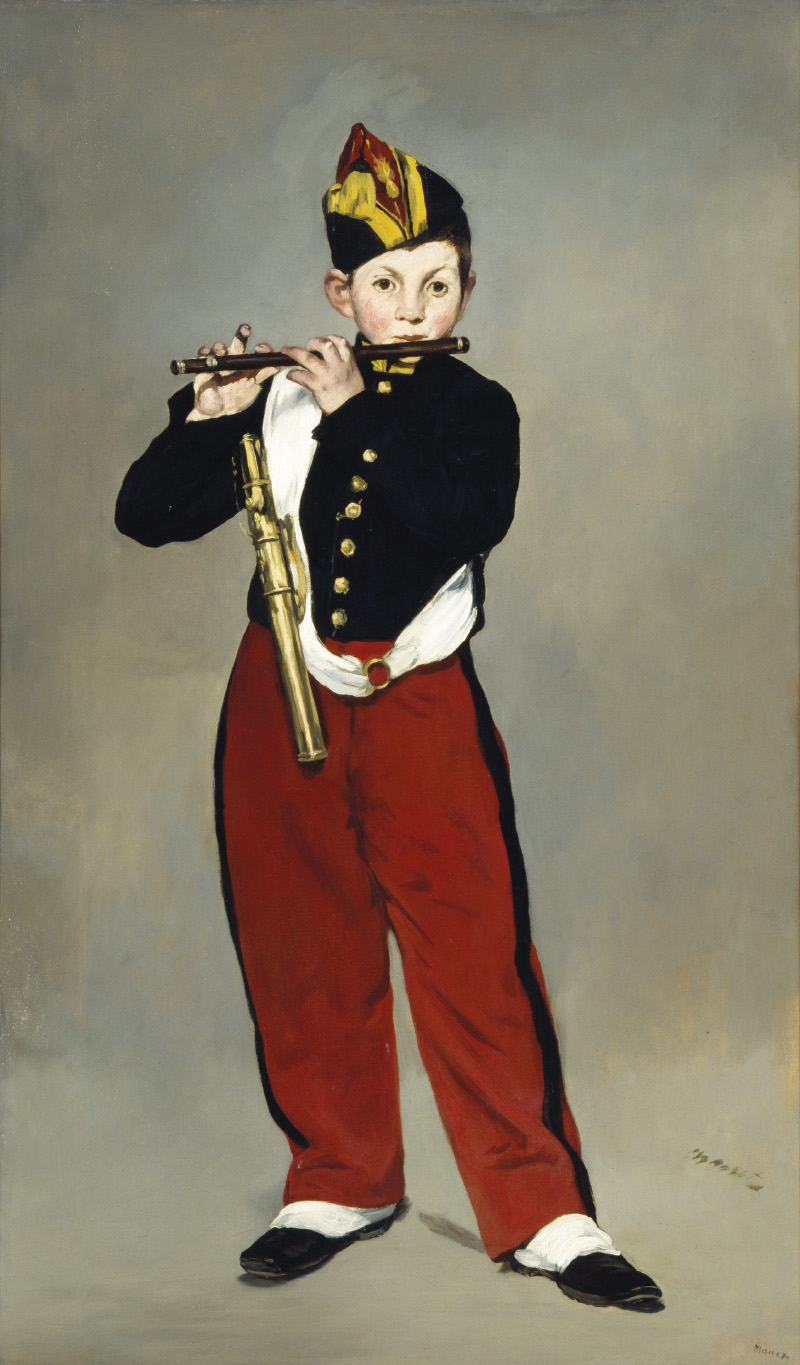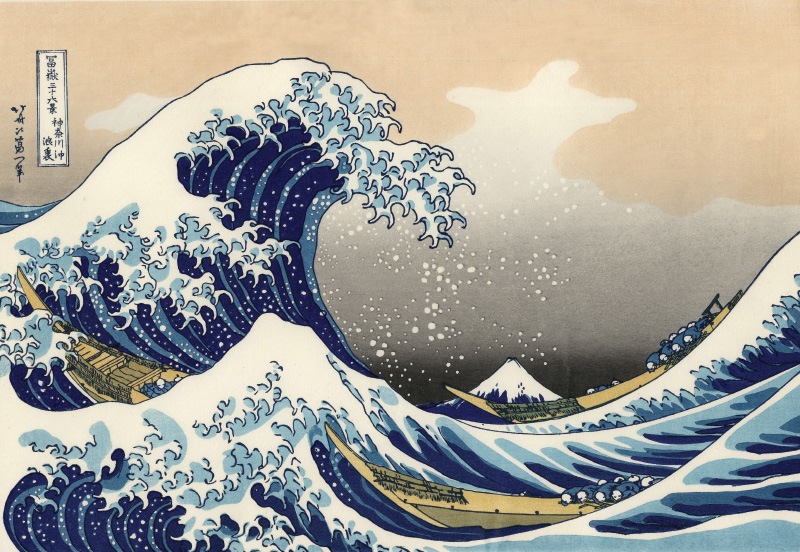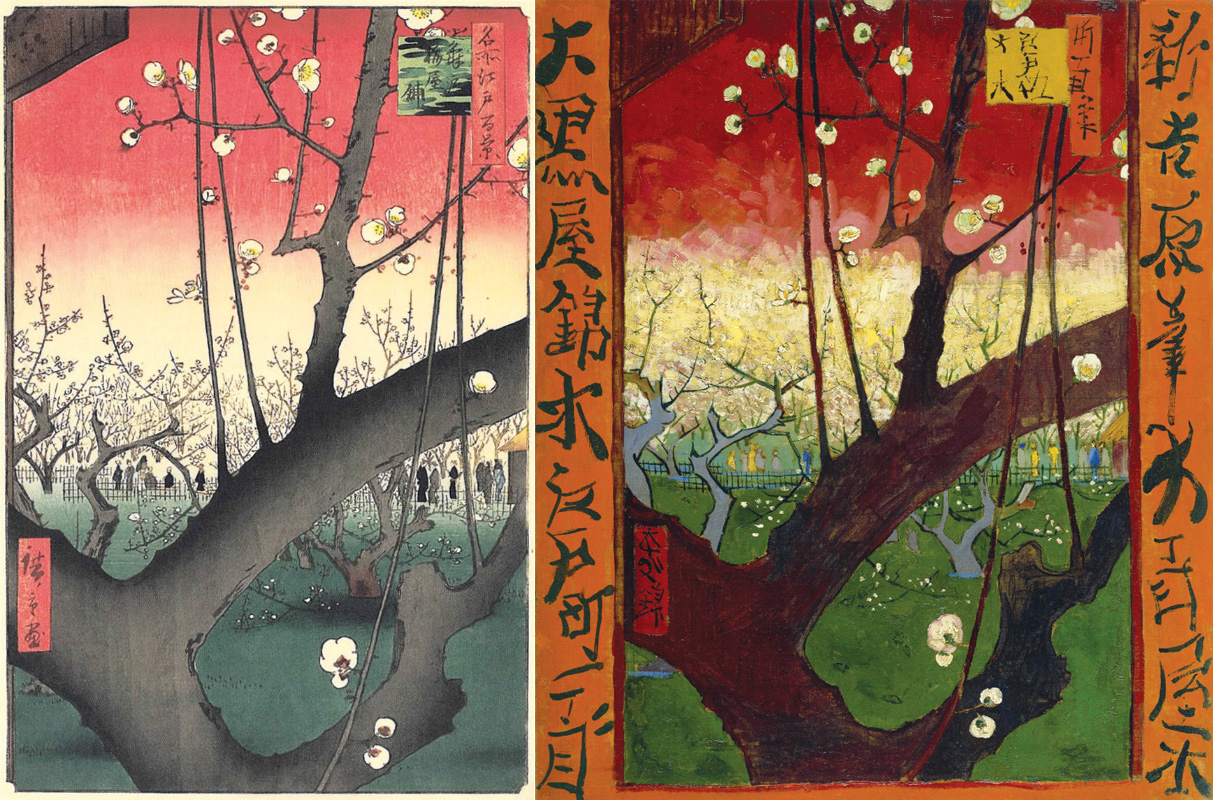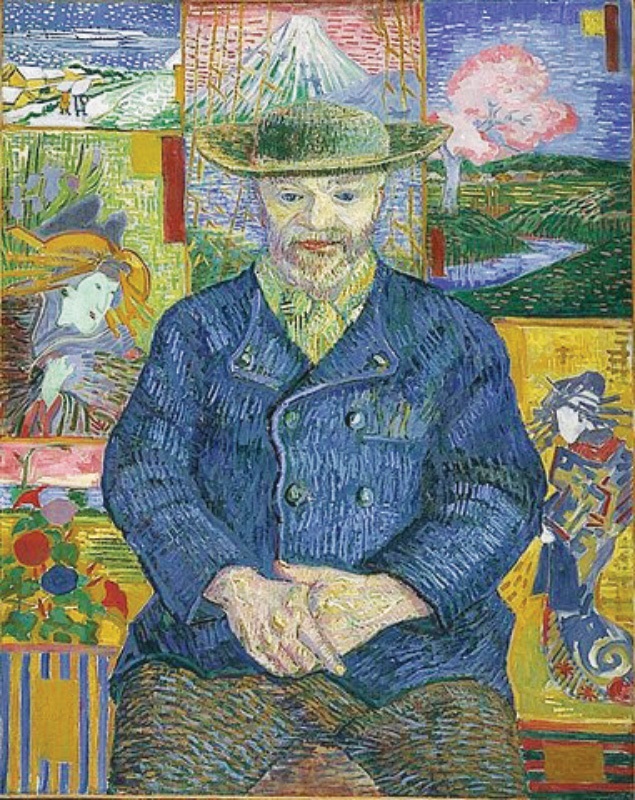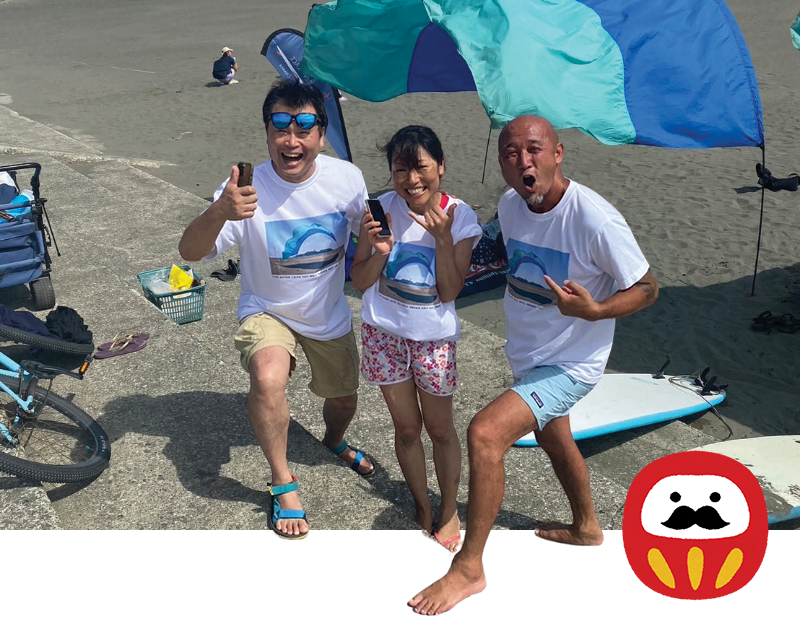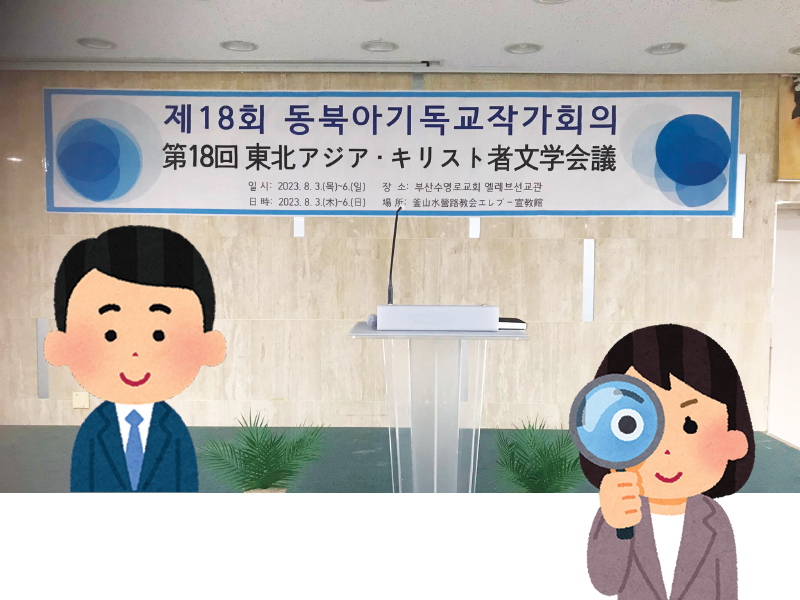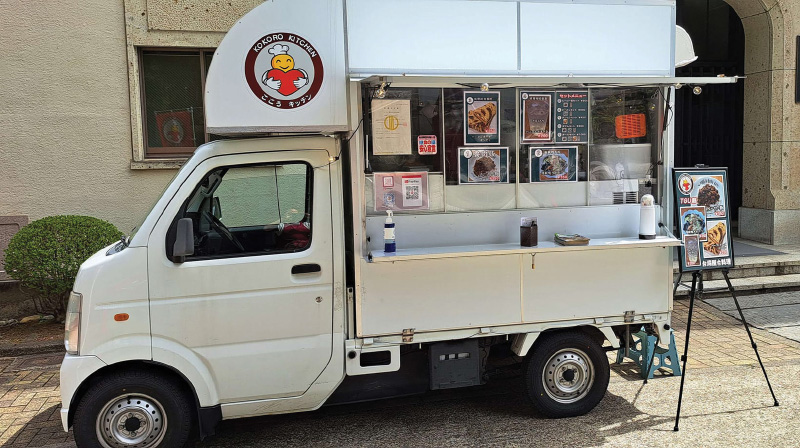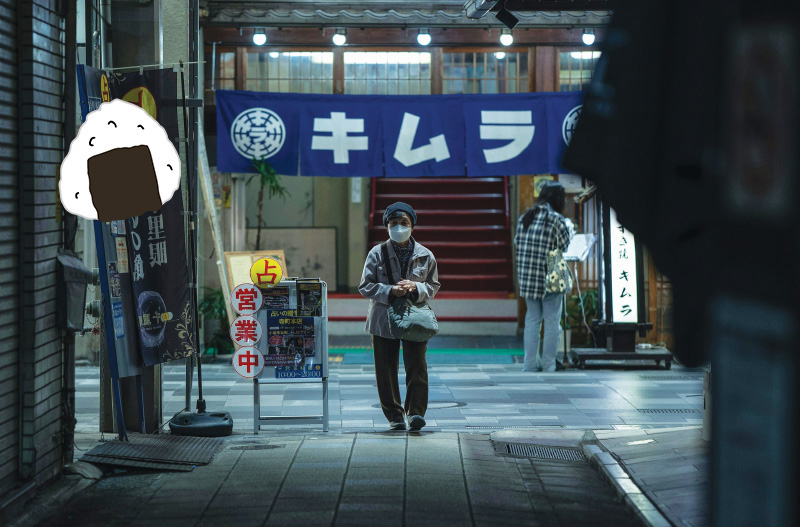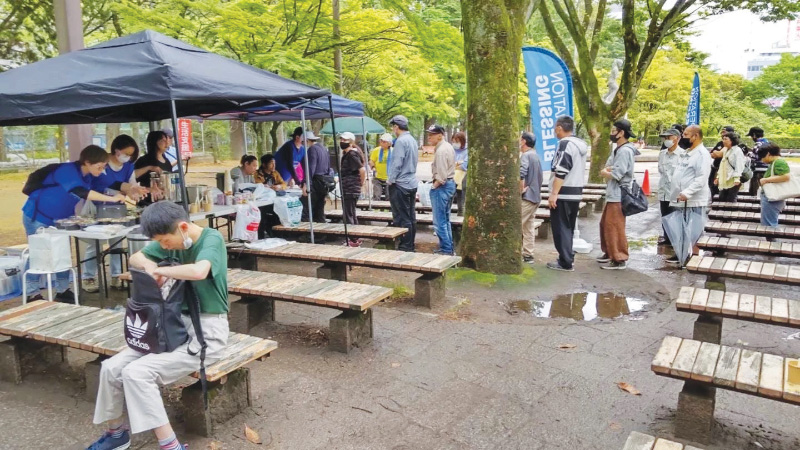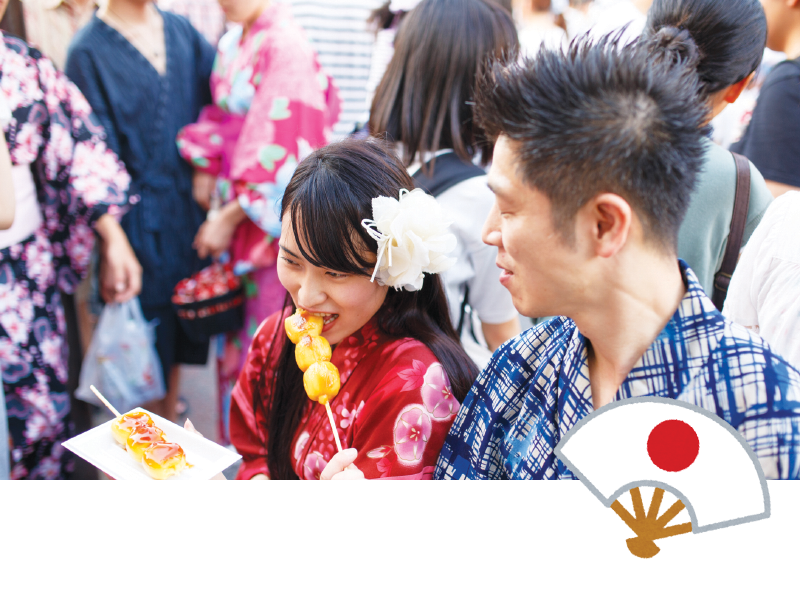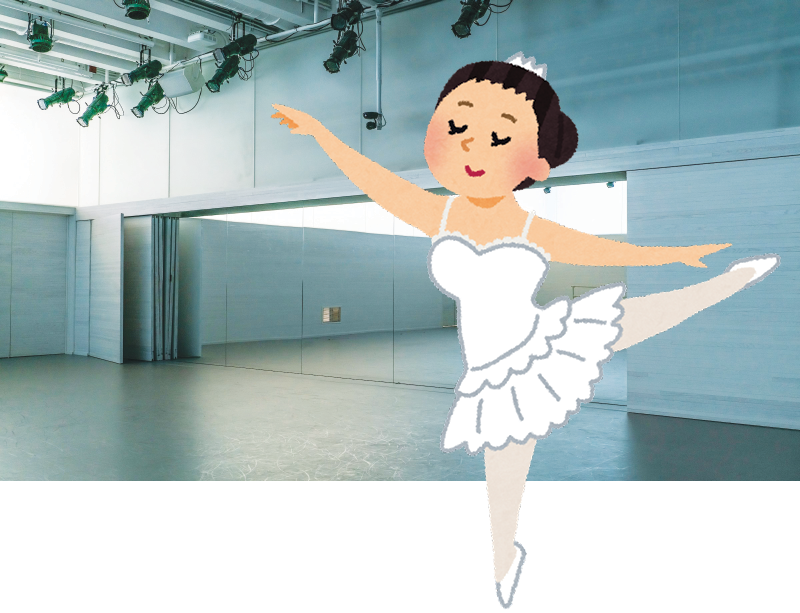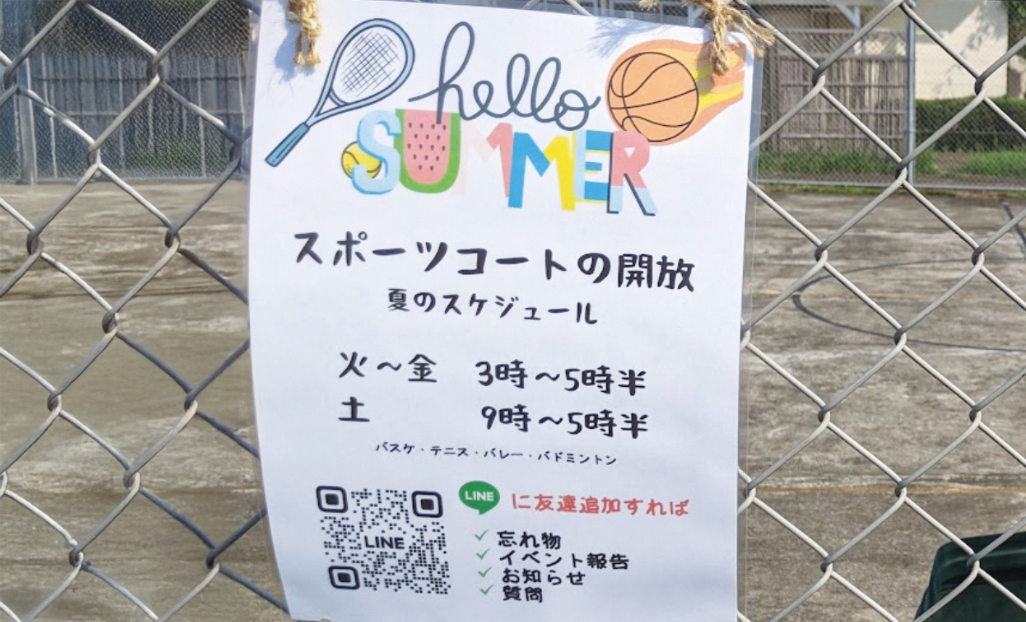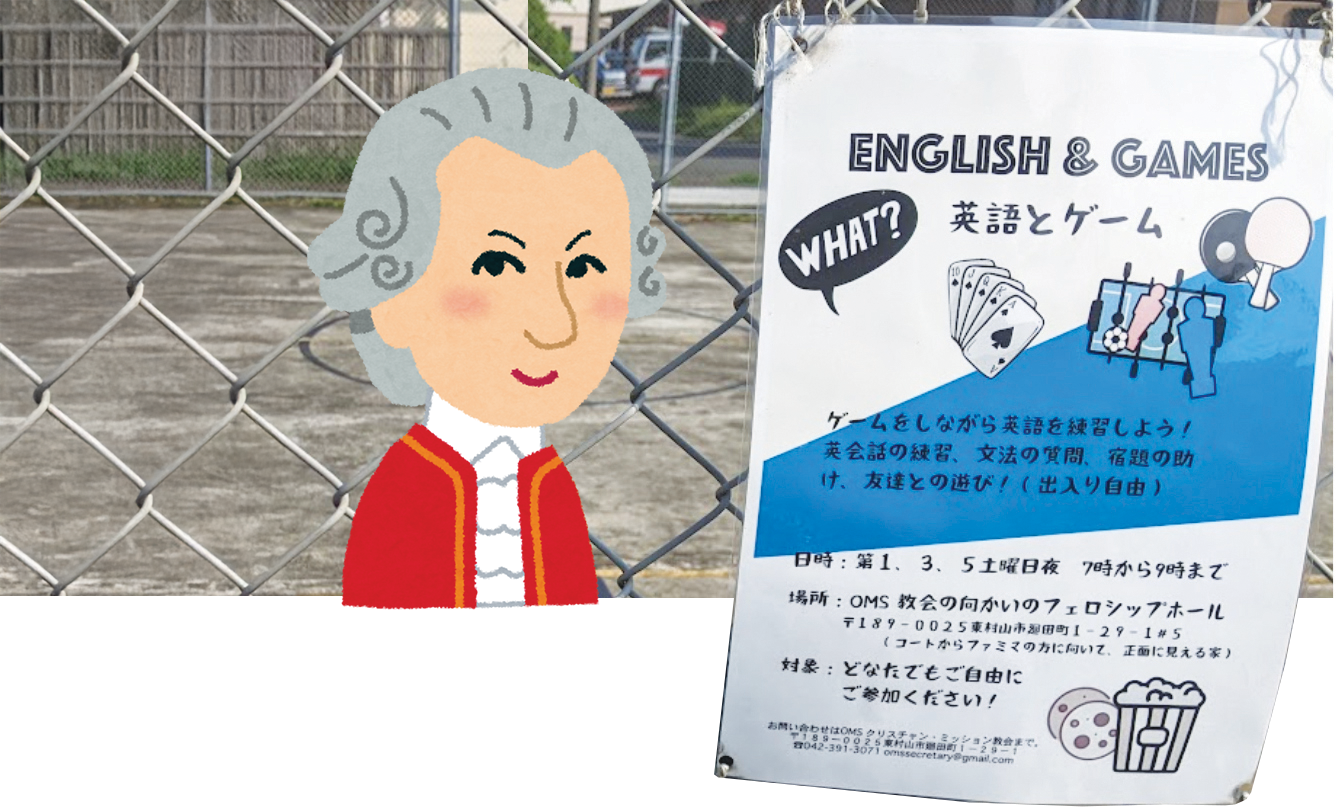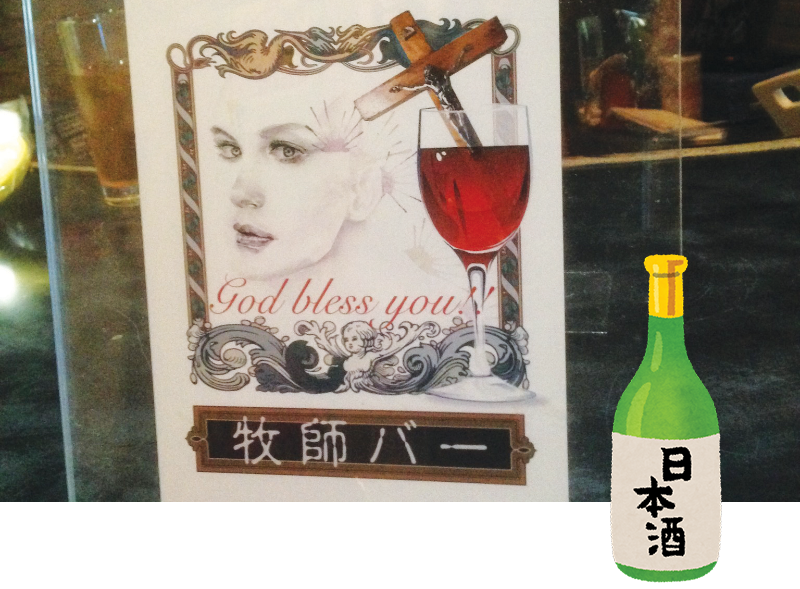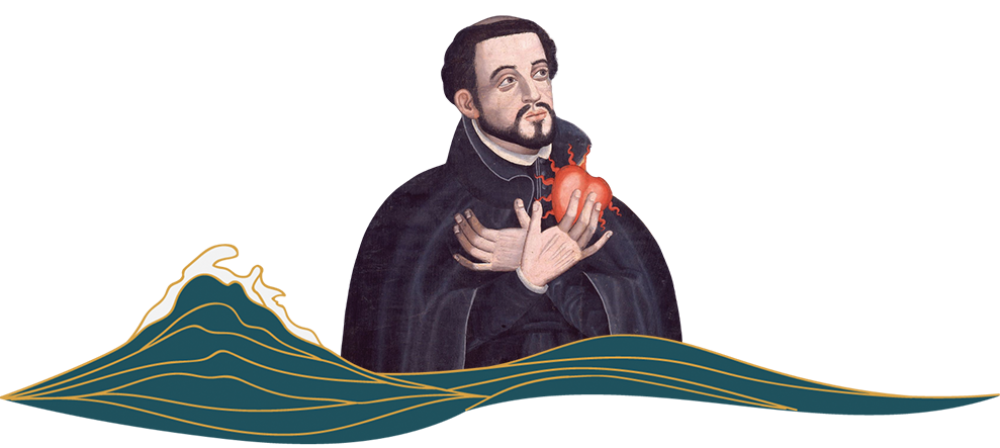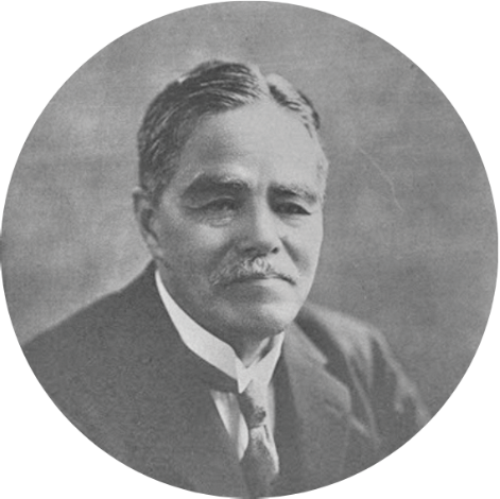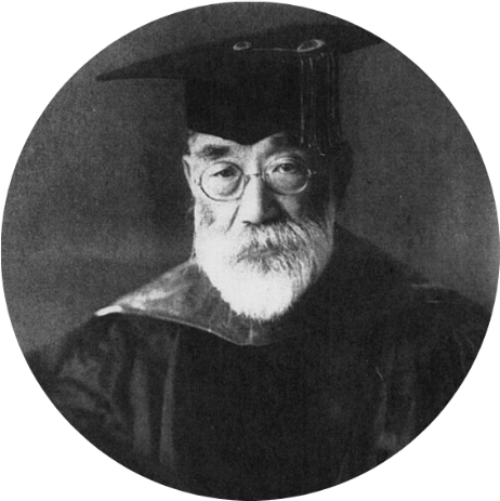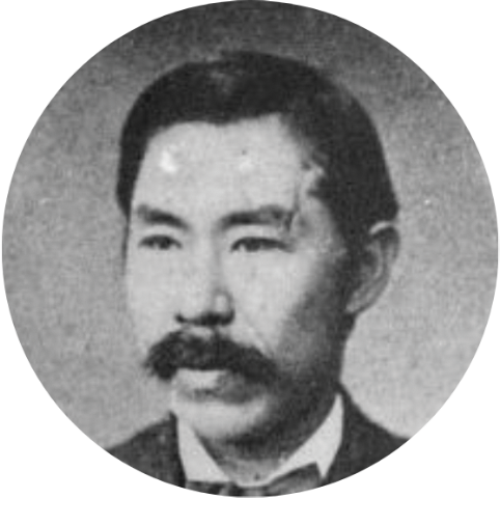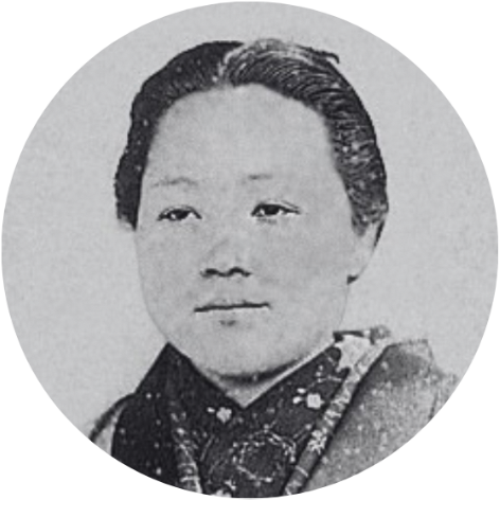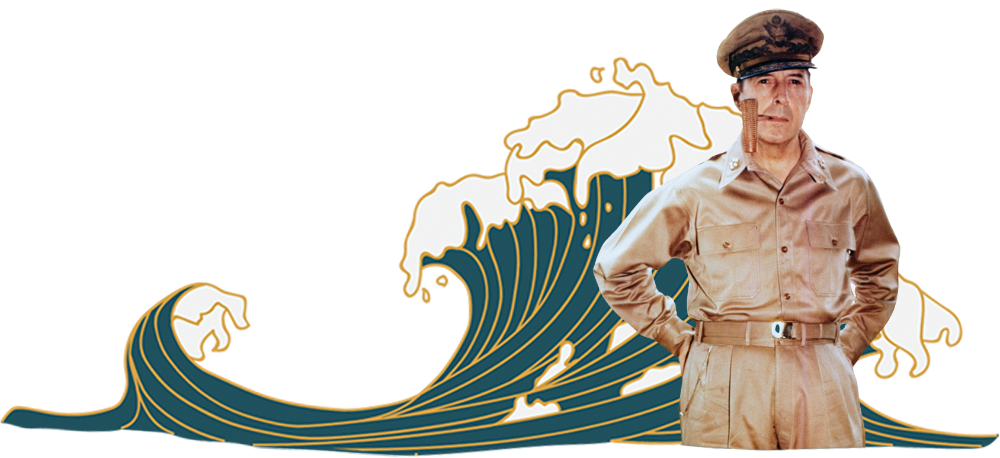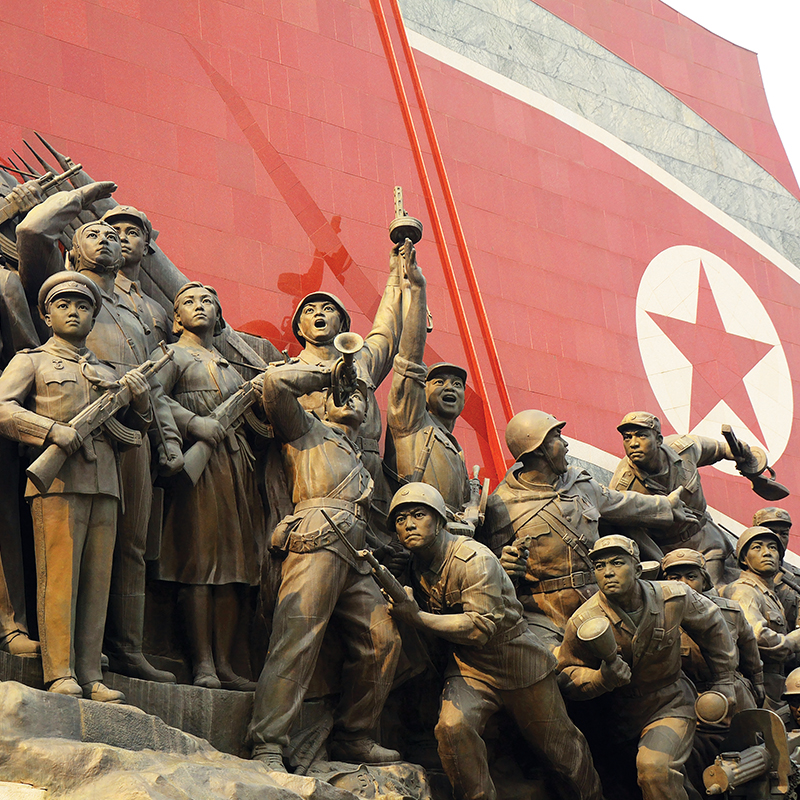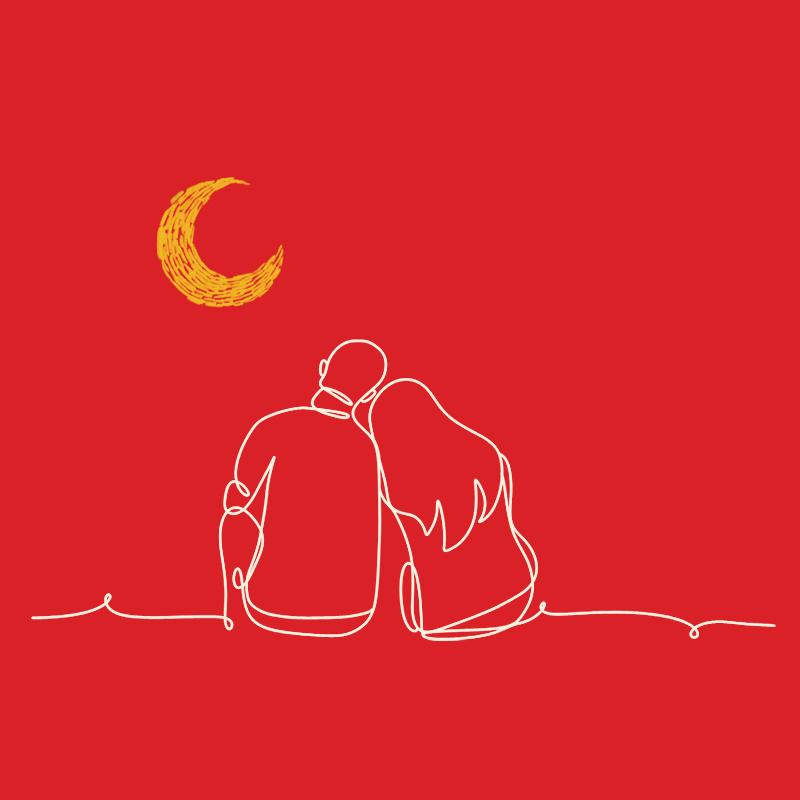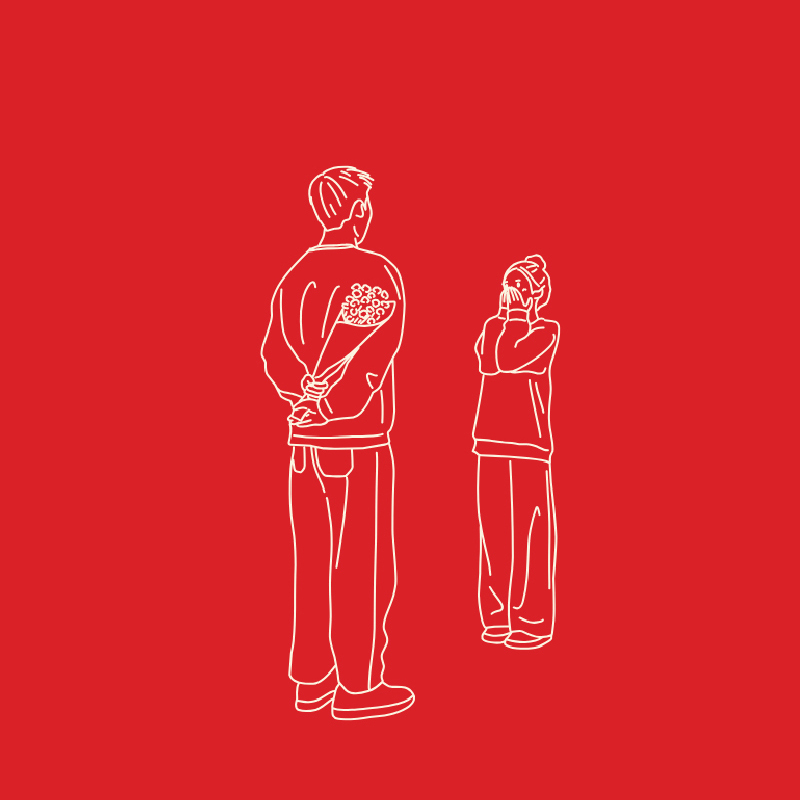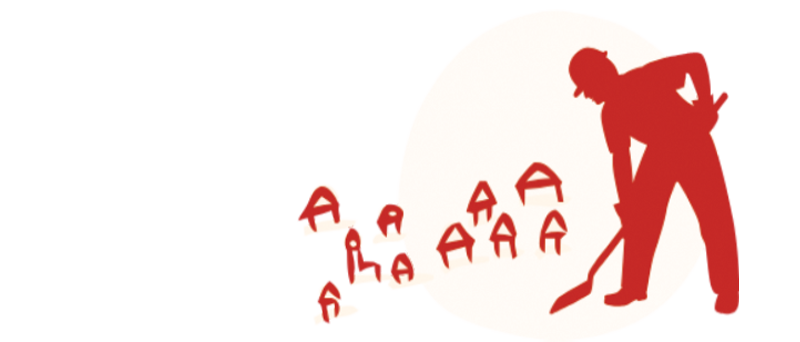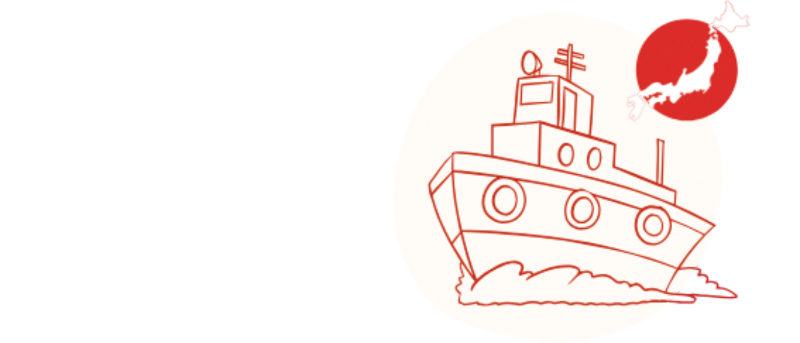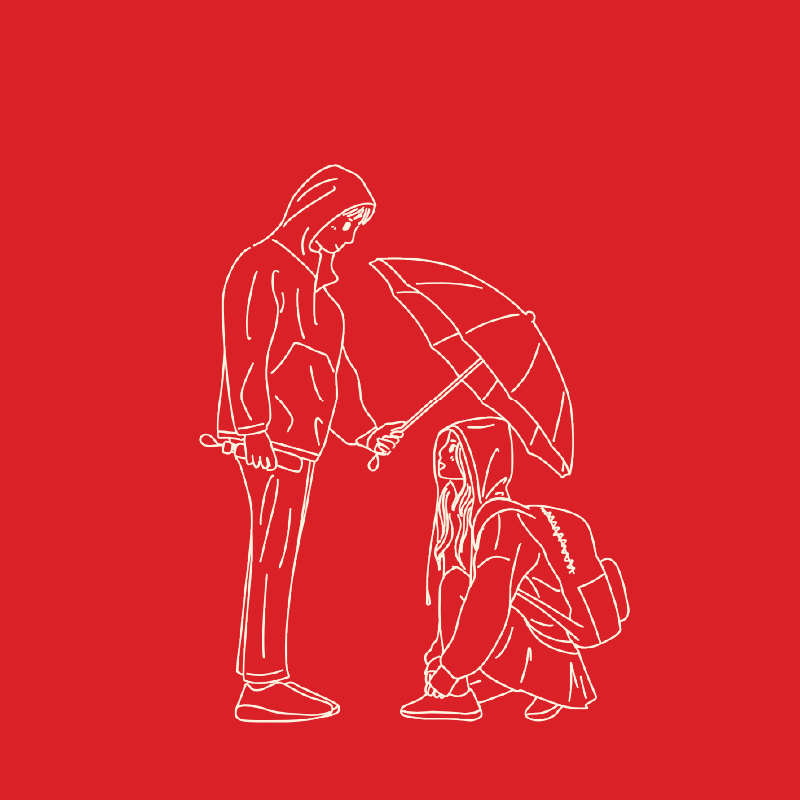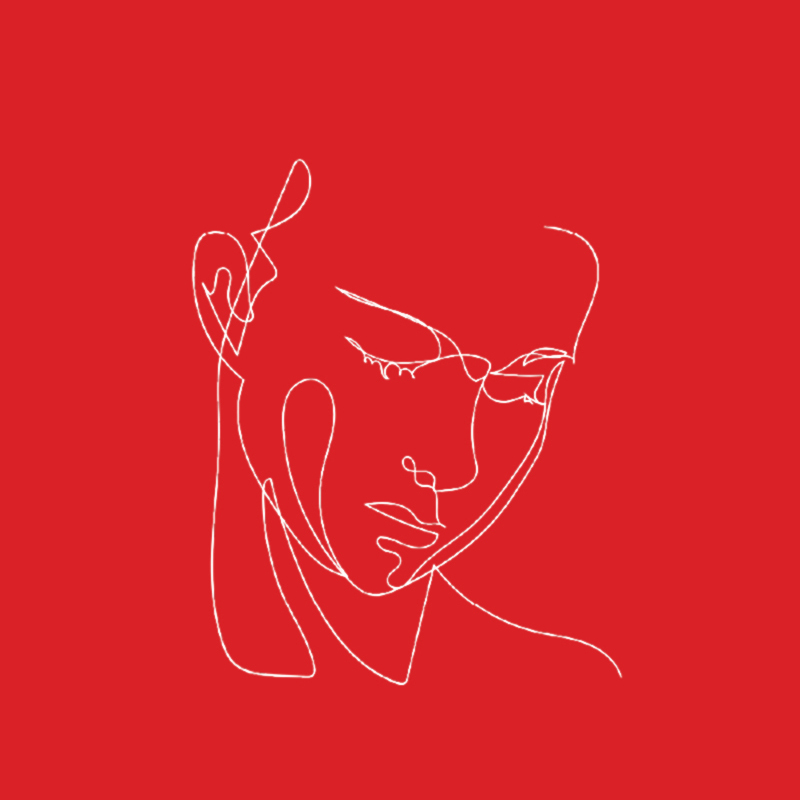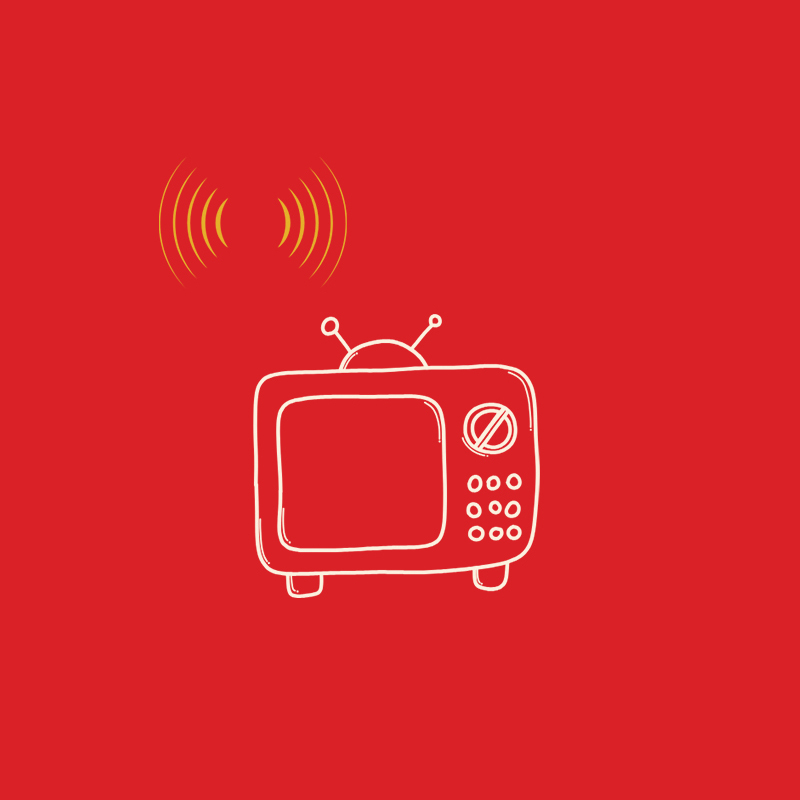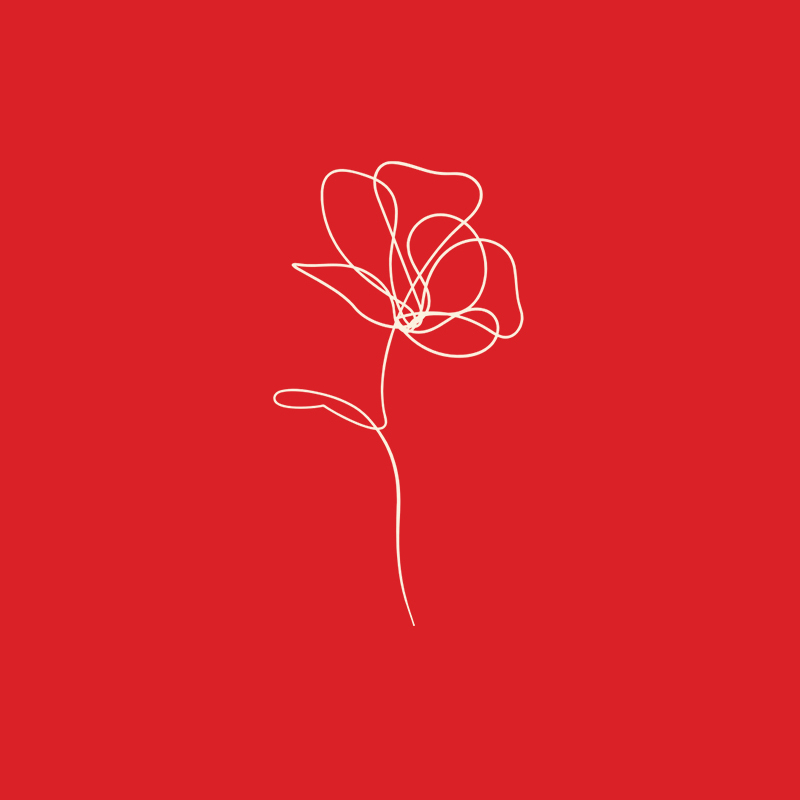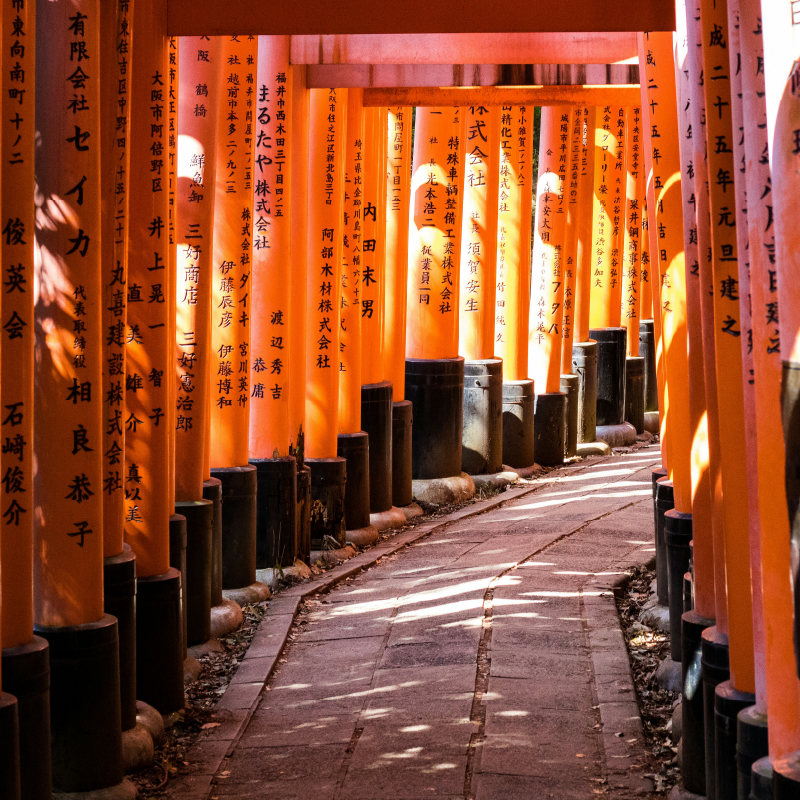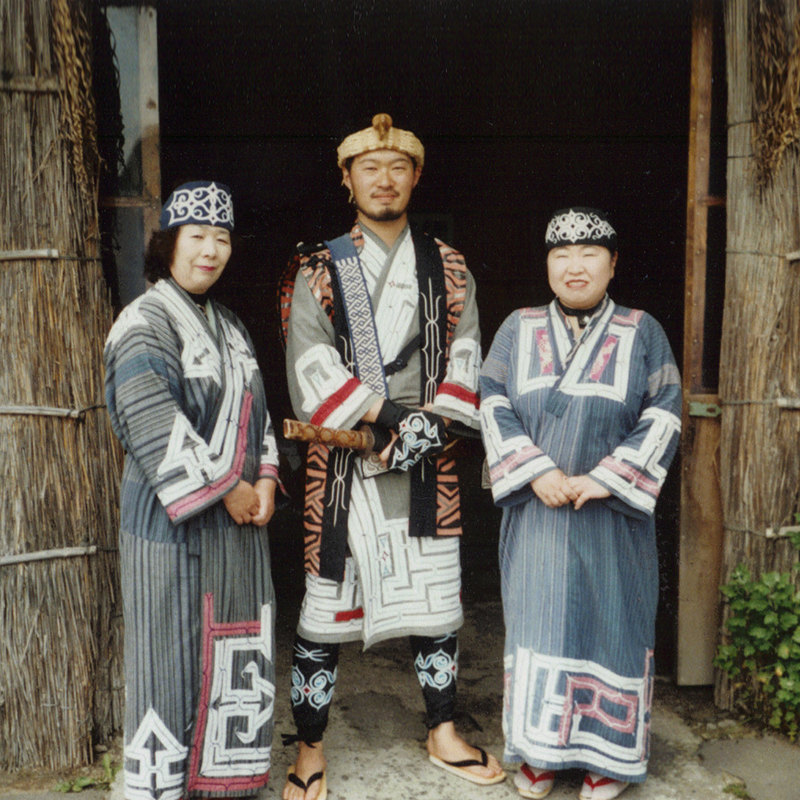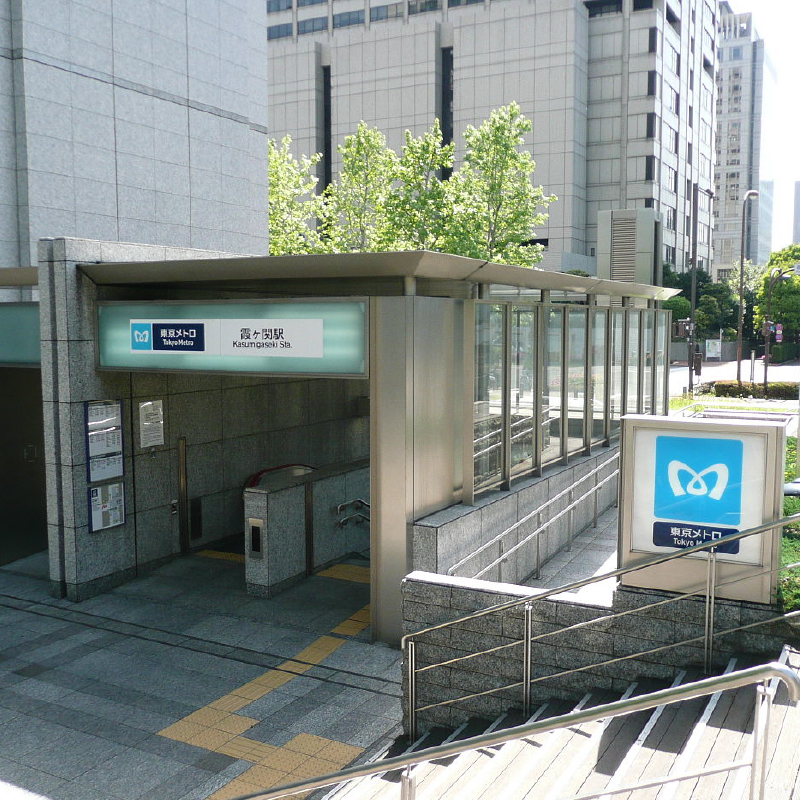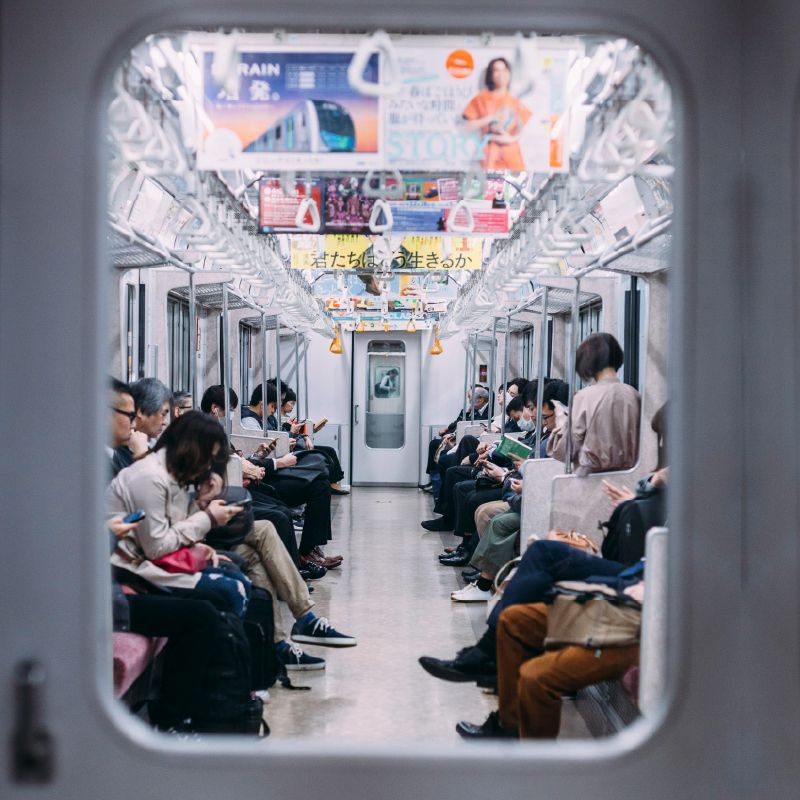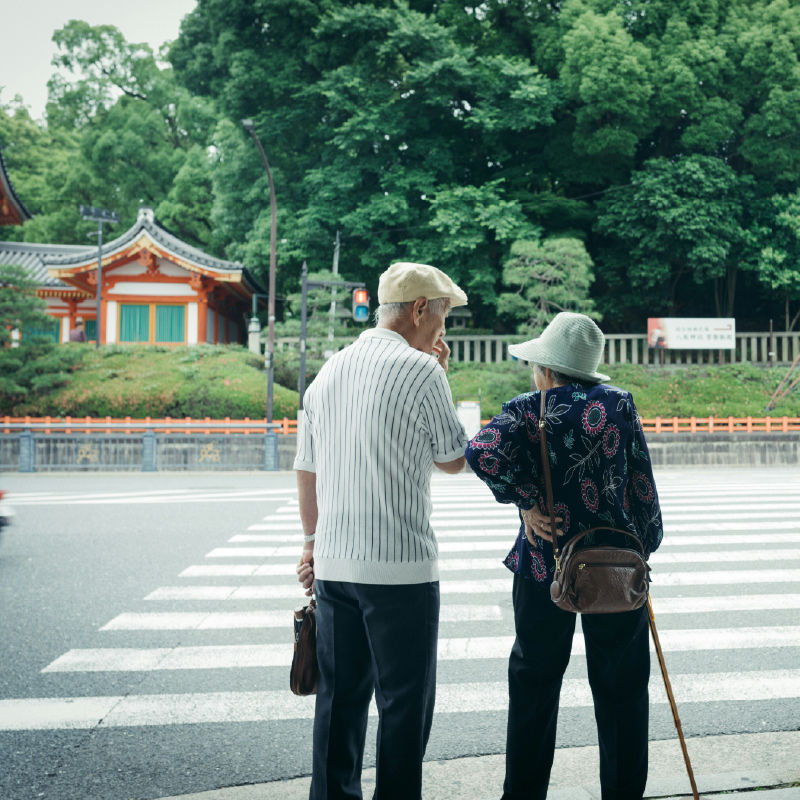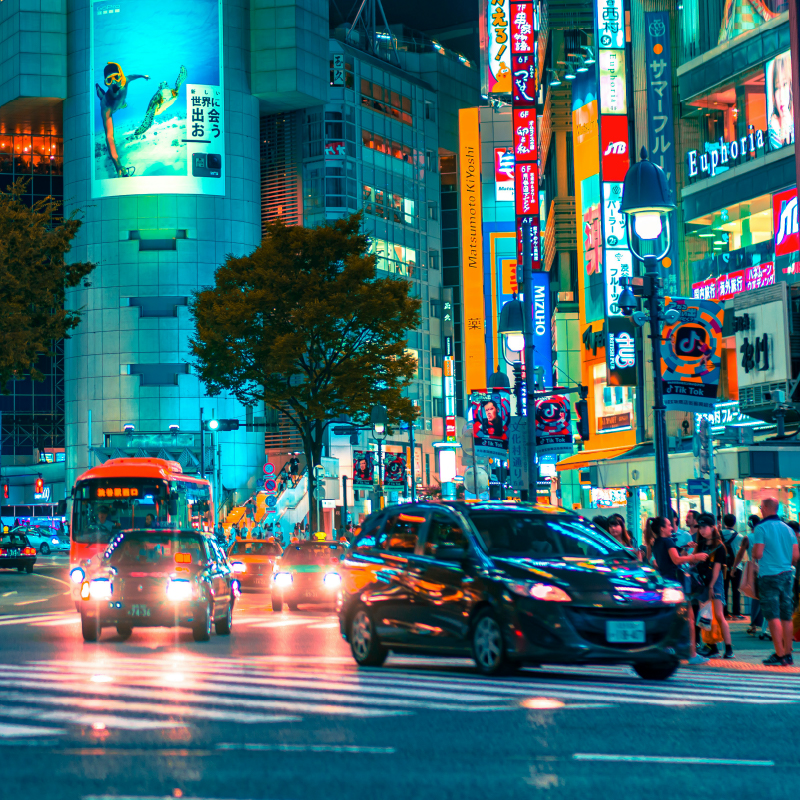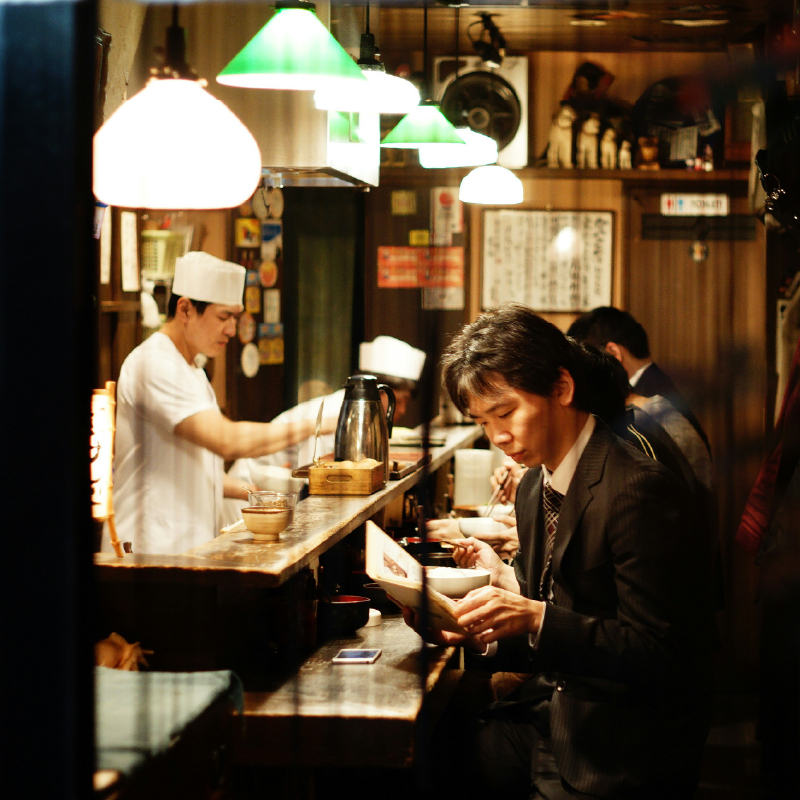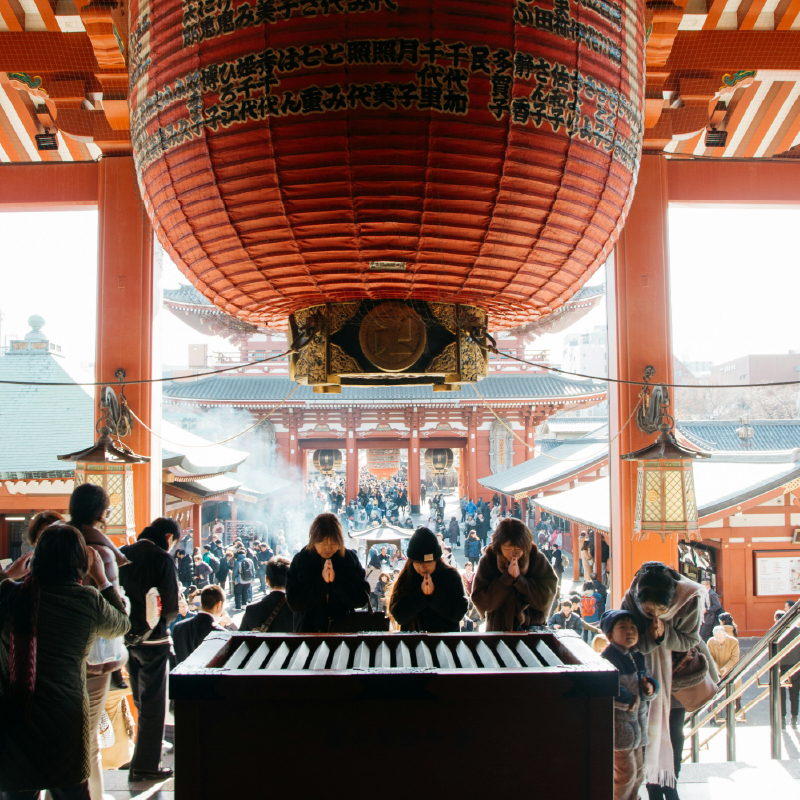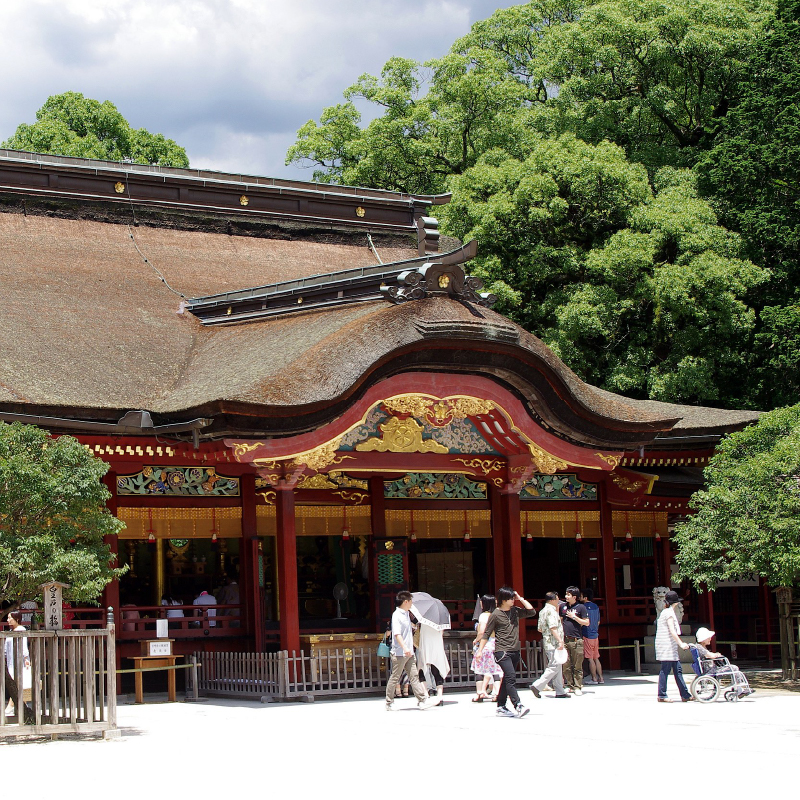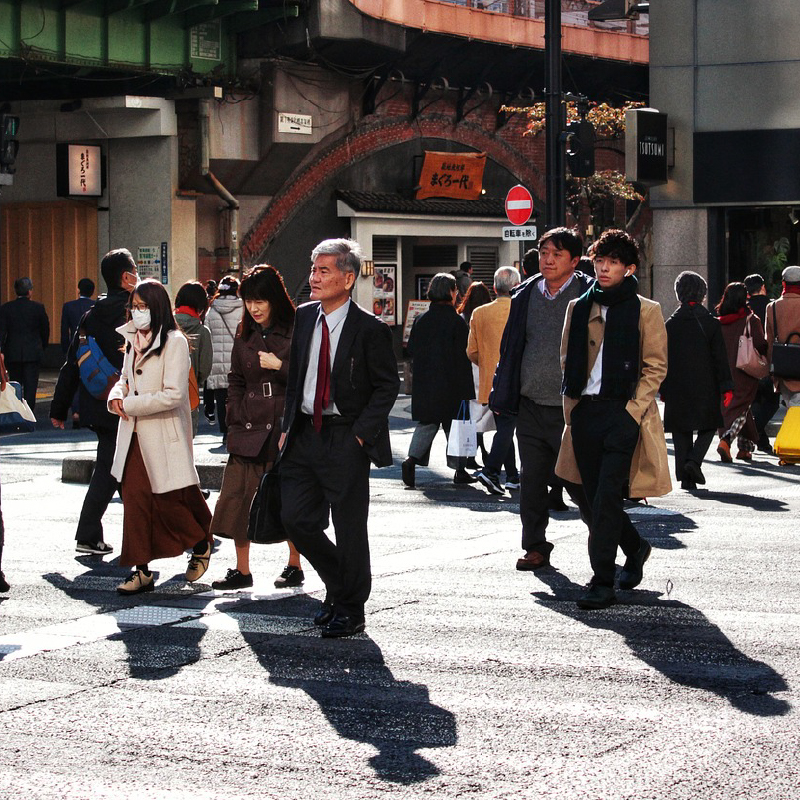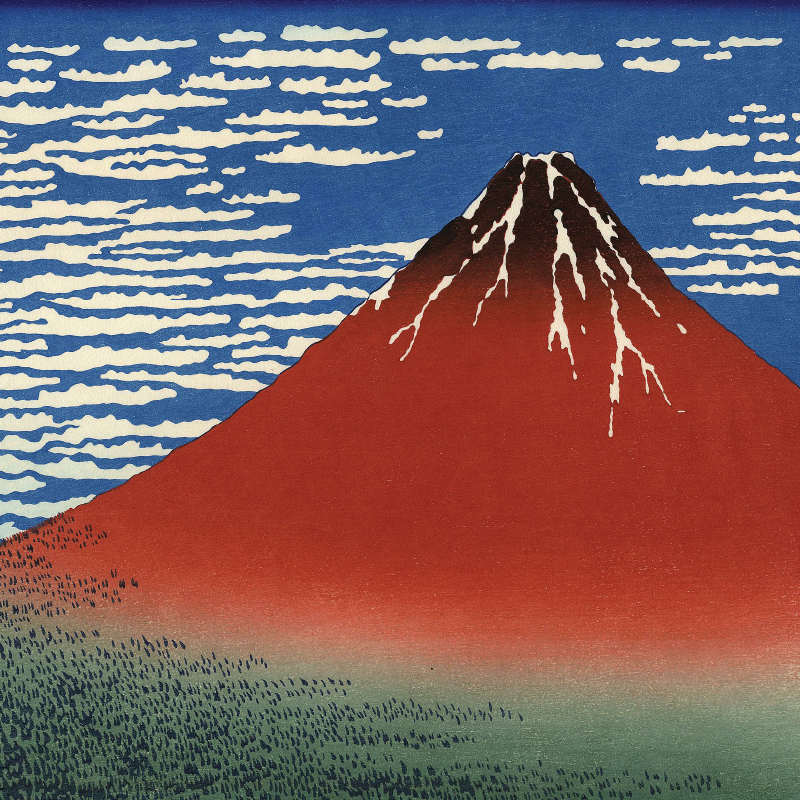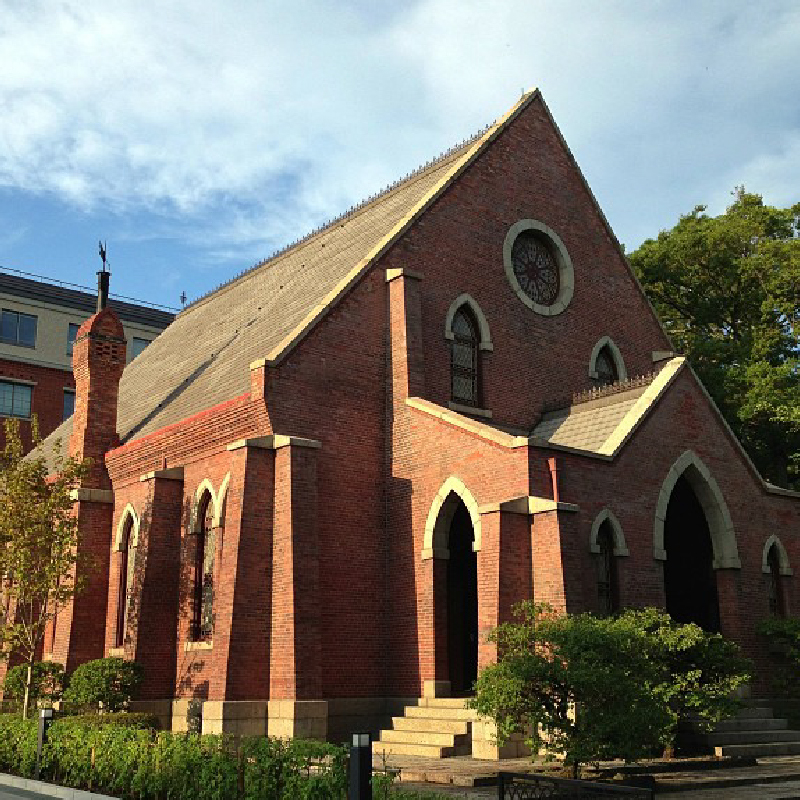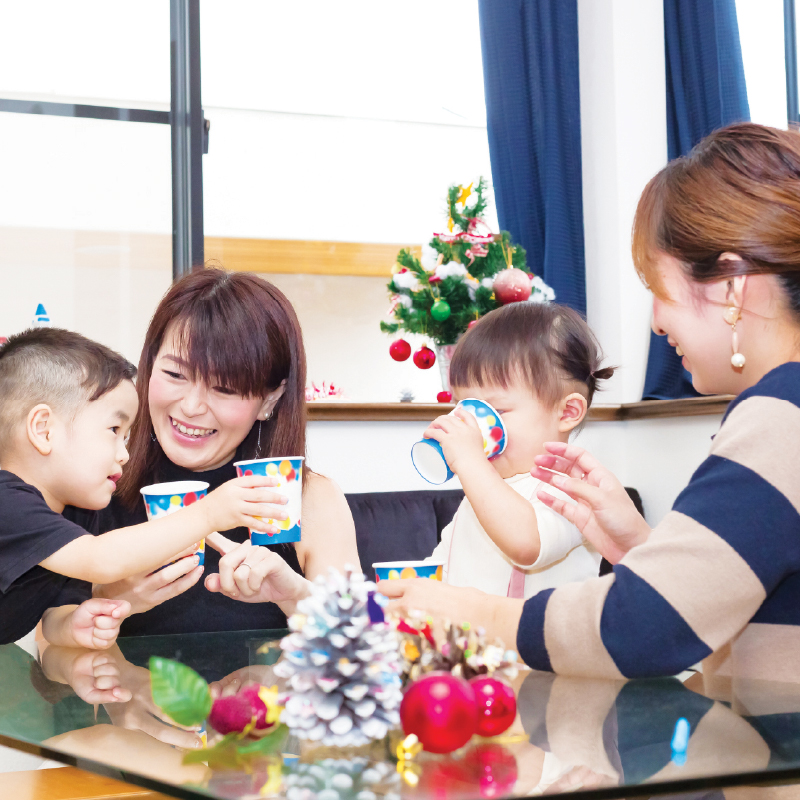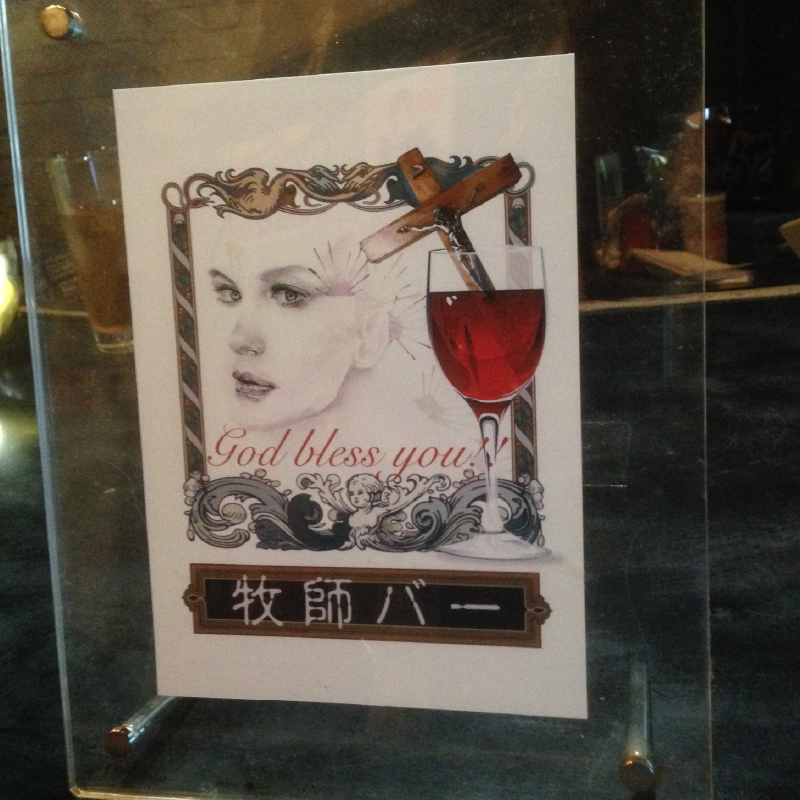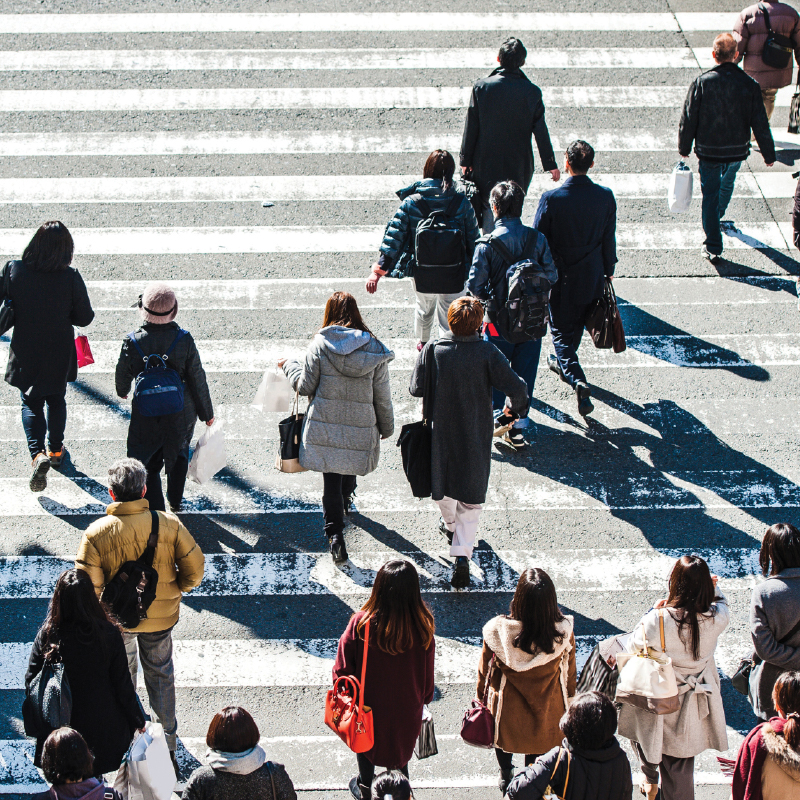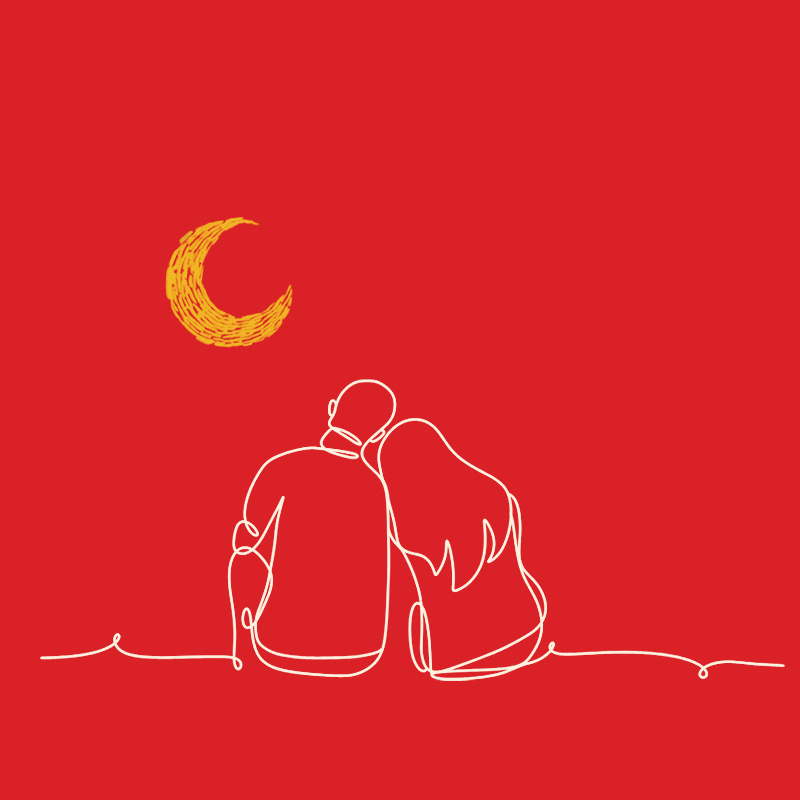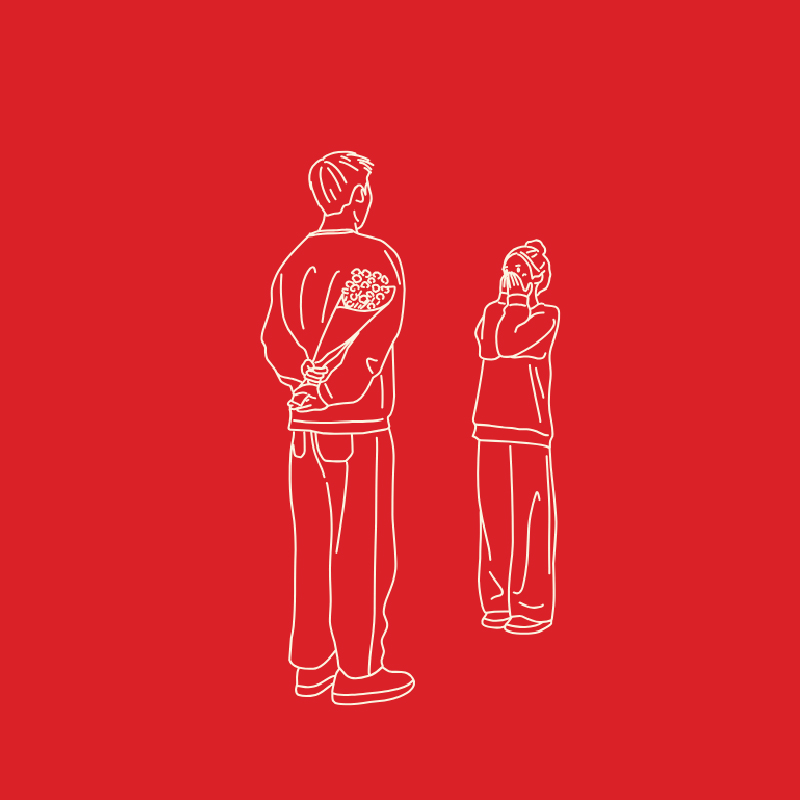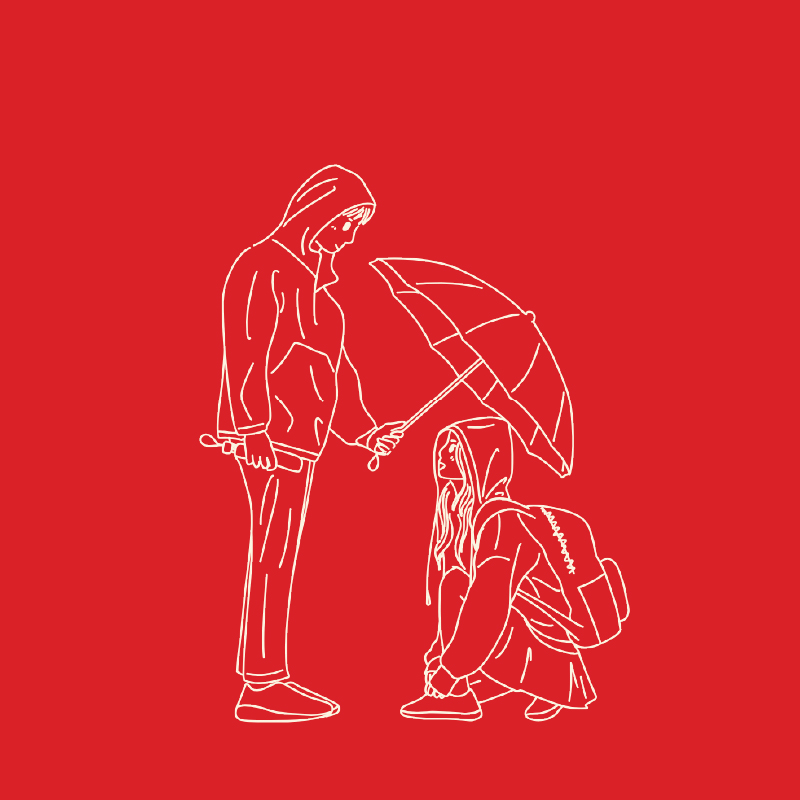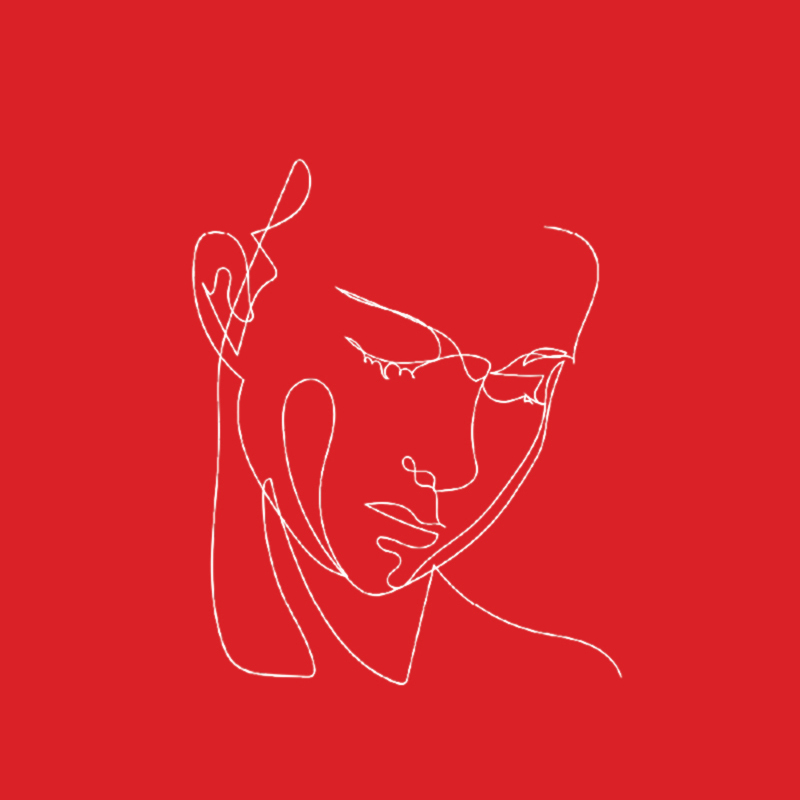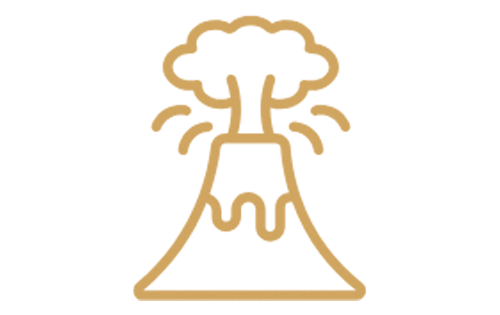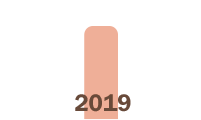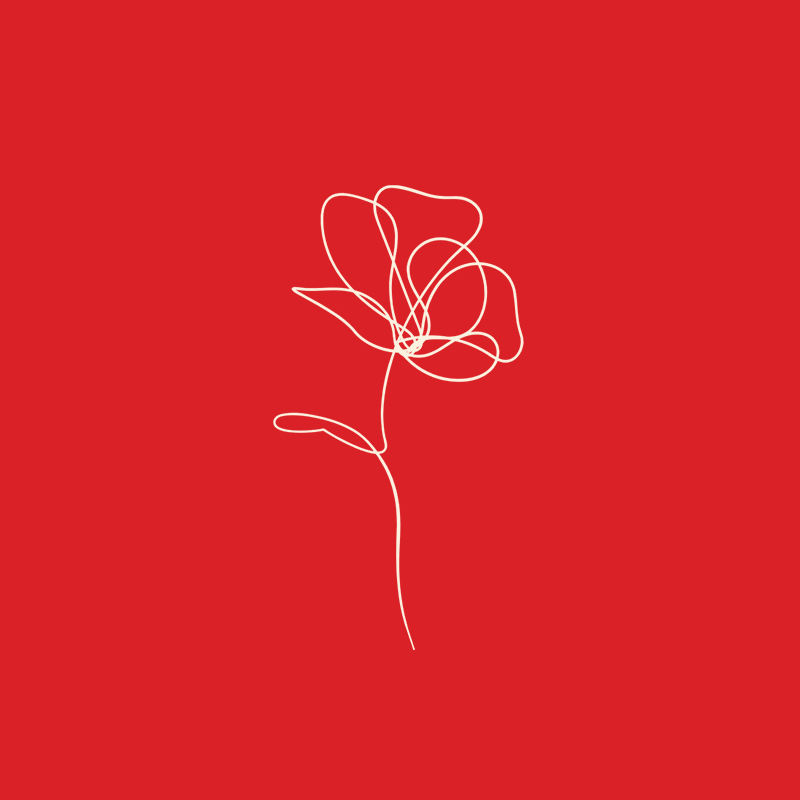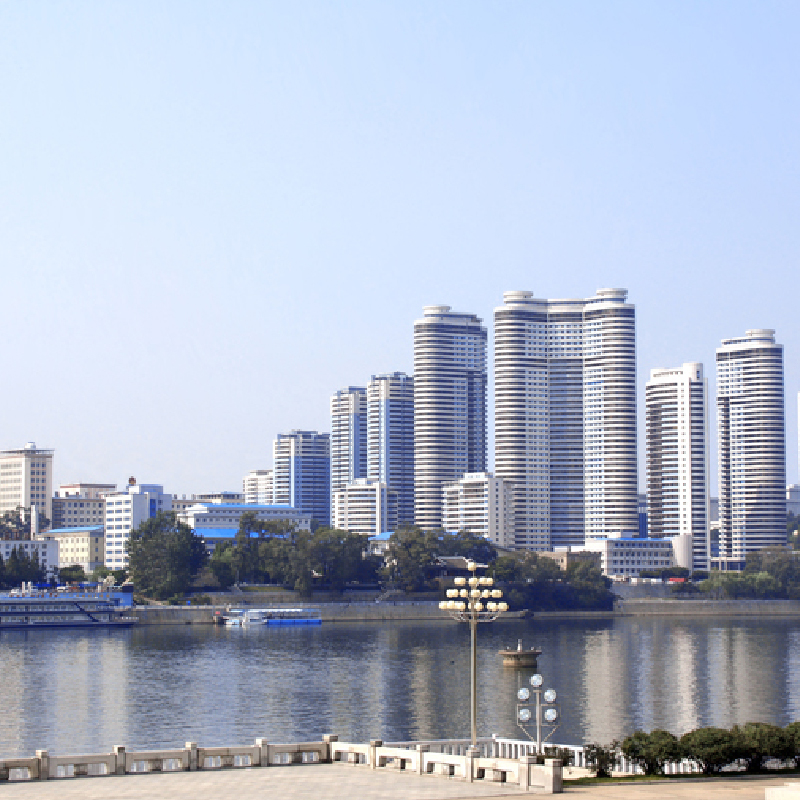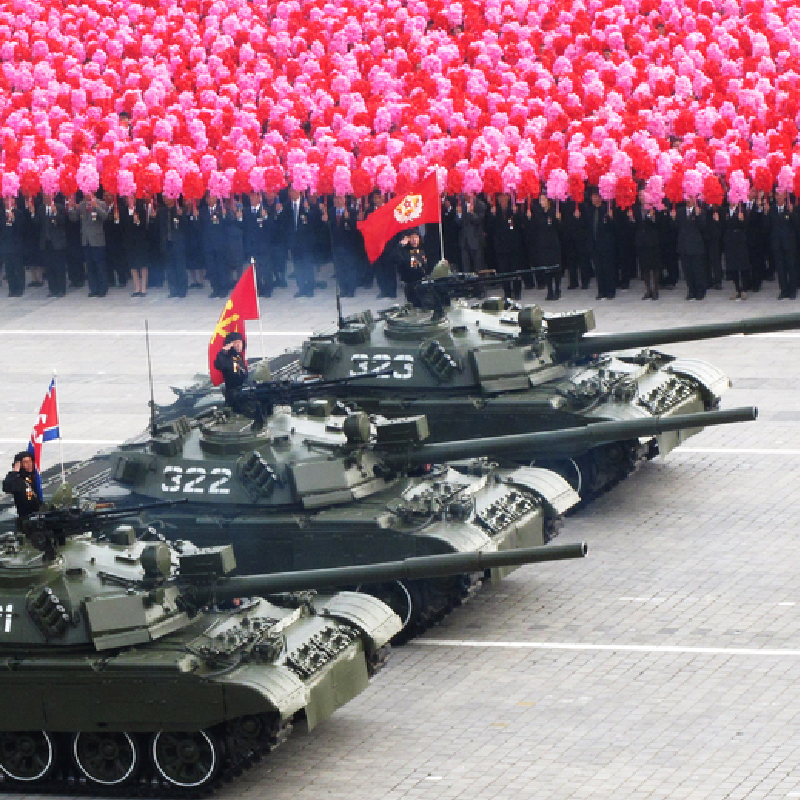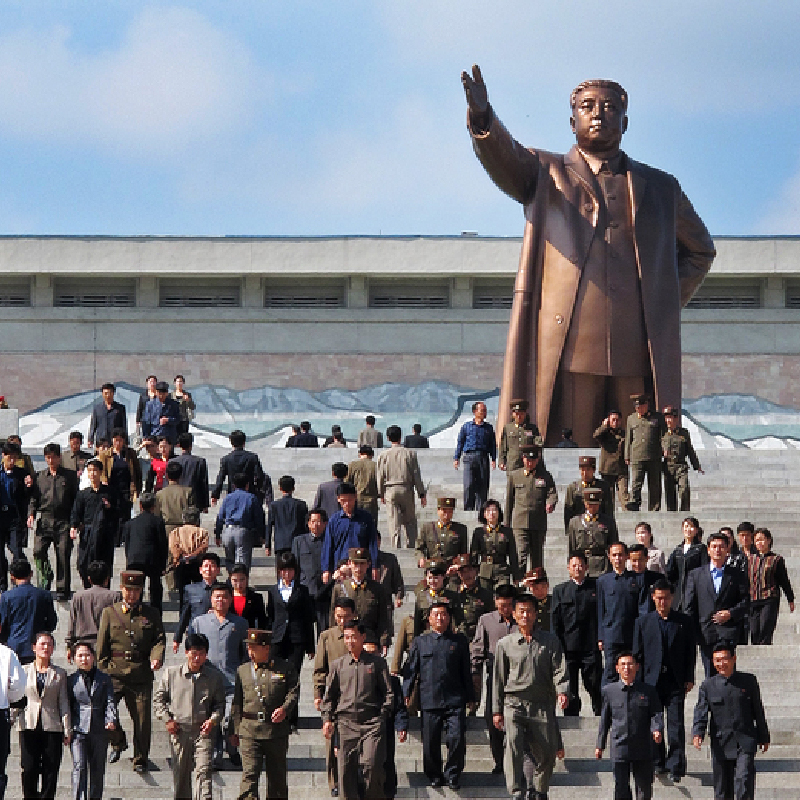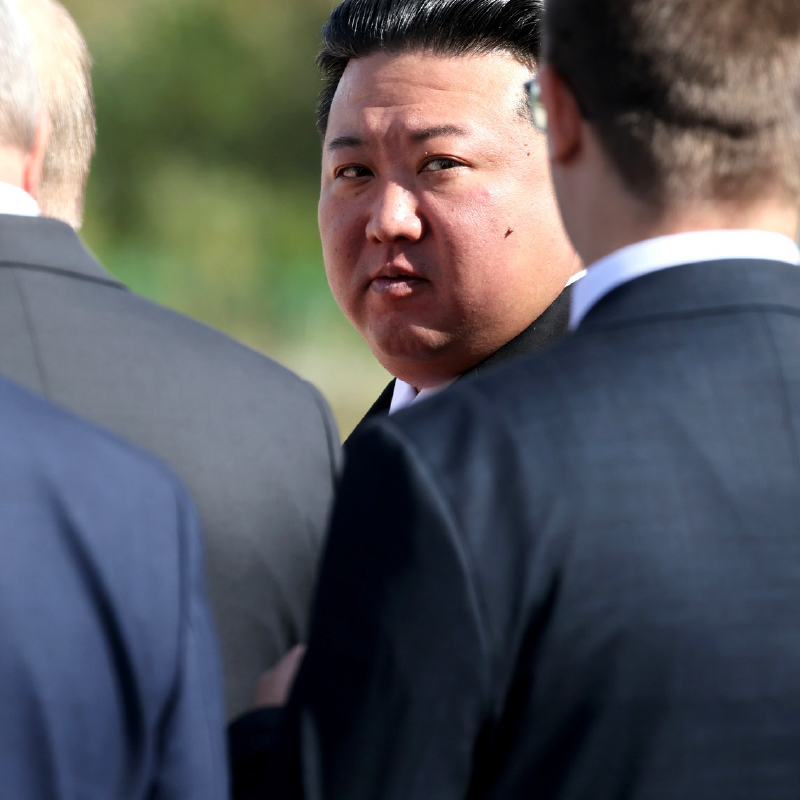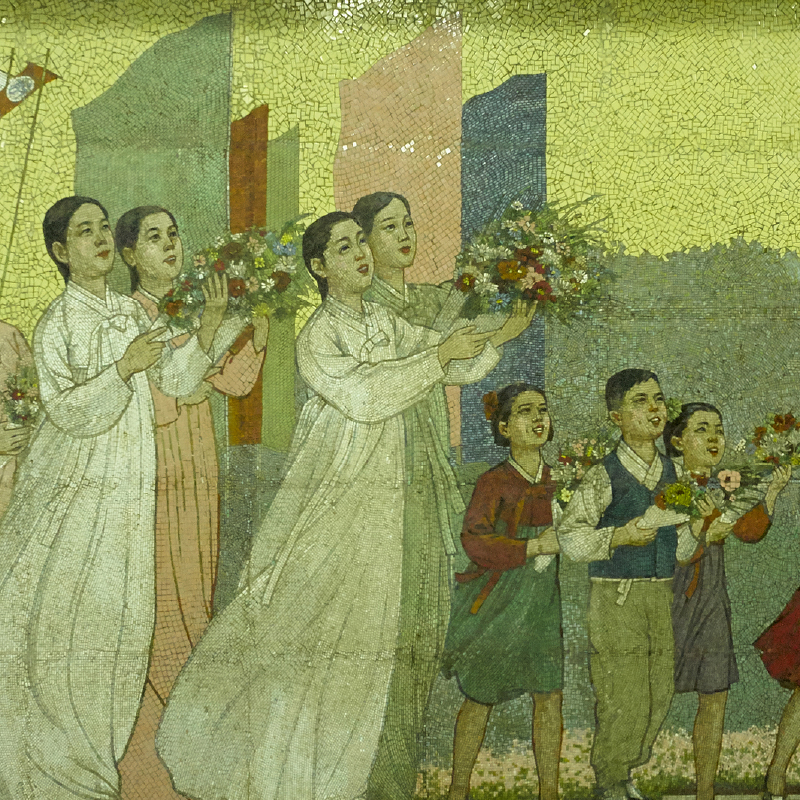"I don’t want to read the air anymore. Air shouldn’t be something to read; it should be something to breathe.”
The Fresh Start of Nagi (凪のお暇) is a Japanese TV drama aired in the summer of 2019, adapted from a manga of the same name. The main character, Nagi Ōshima, is a 28-year-old office worker in Tokyo with straight hair and a talent for "reading the air." She always greets people with a smile, constantly observing the expressions of others, and strives to respond appropriately. However, her excessive concern for others’ opinions leads her to suppress her own true self. Her colleagues, aware of her personality, often assign her tasks. In the midst of this distressing life, Nagi’s only hope is to marry her boyfriend, Shinji, who also works at the same company.
One day, Nagi overhears Shinji laughing with a colleague, saying he doesn't want to get married and that his girlfriend is only there to satisfy his sexual desires. This revelation devastates her, causing her to hyperventilate and faint, requiring medical attention.
After being discharged from the hospital, Nagi quits her job and moves to the suburbs of Tokyo. She throws away all her belongings from her old apartment, stops straightening her naturally curly hair, and cuts ties with her past relationships. She gives herself an extended break to rediscover who she is and begins learning how to “breathe."
In Japanese, a person who "reads the air" (空気を読める人) refers to someone who is skilled at observing the atmosphere and knows how to gauge the appropriate level of interaction. On the other hand, someone who doesn’t consider others' feelings is humorously called "KY," which stands for "kūki yomenai" (空気読めない), meaning "unable to read the air.”1
Since its manga debut in 2016, The Fresh Start of Nagi has sold over 2.5 million copies. Its popularity may reflect the overwhelming emphasis on collective harmony in Japanese society and the struggles of individuals trying to survive in complex interpersonal relationships, feeling suffocated by their need to conform.
Notes:
1. “KY” is derived from the first letters of the Romanized Japanese words "Kūki" (空気) for "air" and "Yomenai" (読めない) for "unable to read."
Prayer
Heavenly Father, after the flood, You blessed humanity, spreading the generations across the earth, allowing each group to thrive in the world You created. You made it possible for people to interact freely, appreciate each other’s strengths, and tolerate differences. The world You created is so rich and diverse, yet we often fail to see the beauty in others due to our narrow vision. May the gospel break our preconceptions and transform Japan’s culture of reading the air. While reading the air is a good skill that reflects gentleness and thoughtfulness, when emphasized too much, it can stifle individuality, accumulate psychological pressure, and ultimately crush oneself while hurting others. We pray that You help the Japanese people appreciate the diversity in others, learning to admire the richness of what You have created. This is Your will and Your blessing. In the name of Jesus Christ, we pray, Amen.
